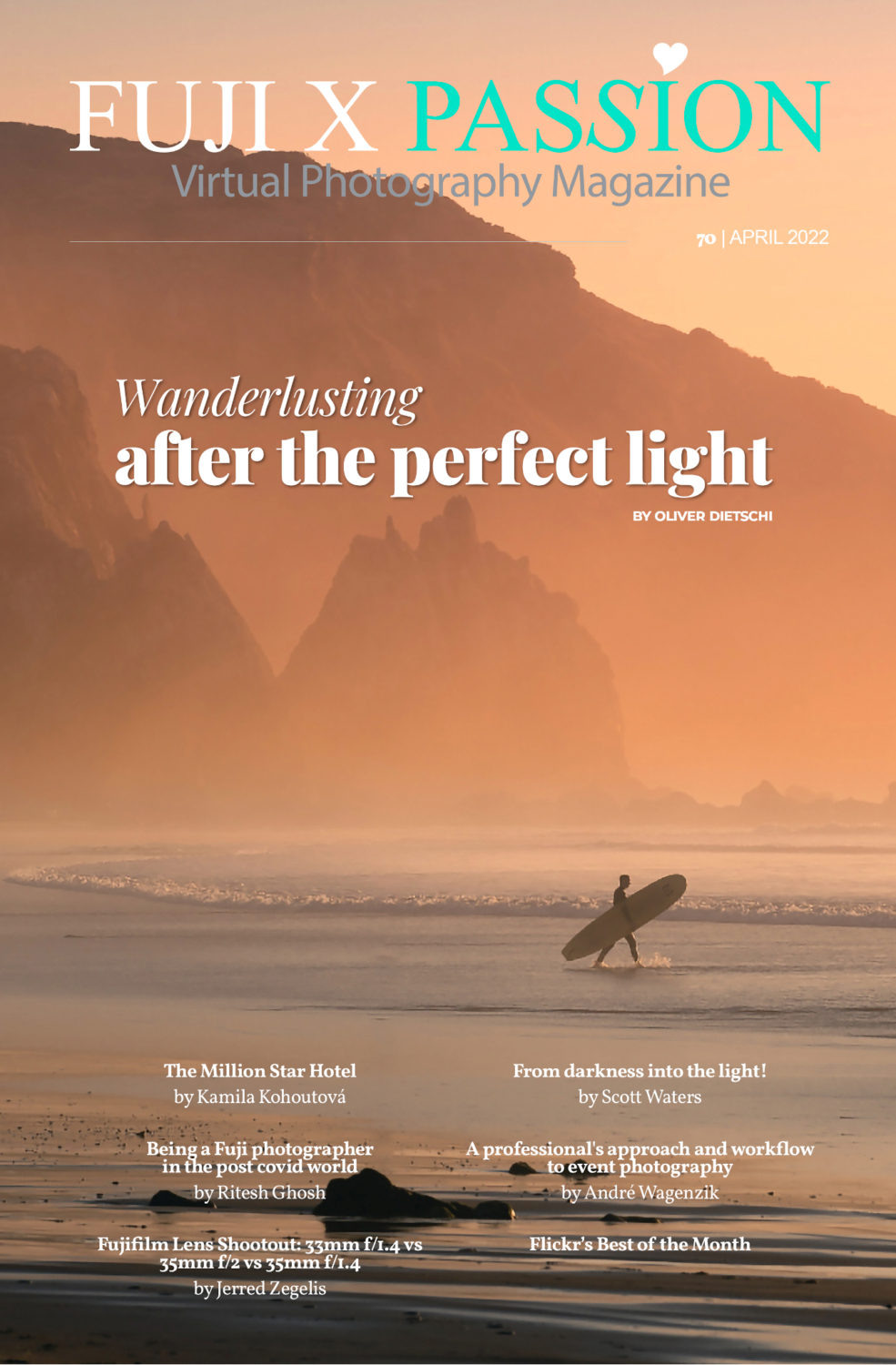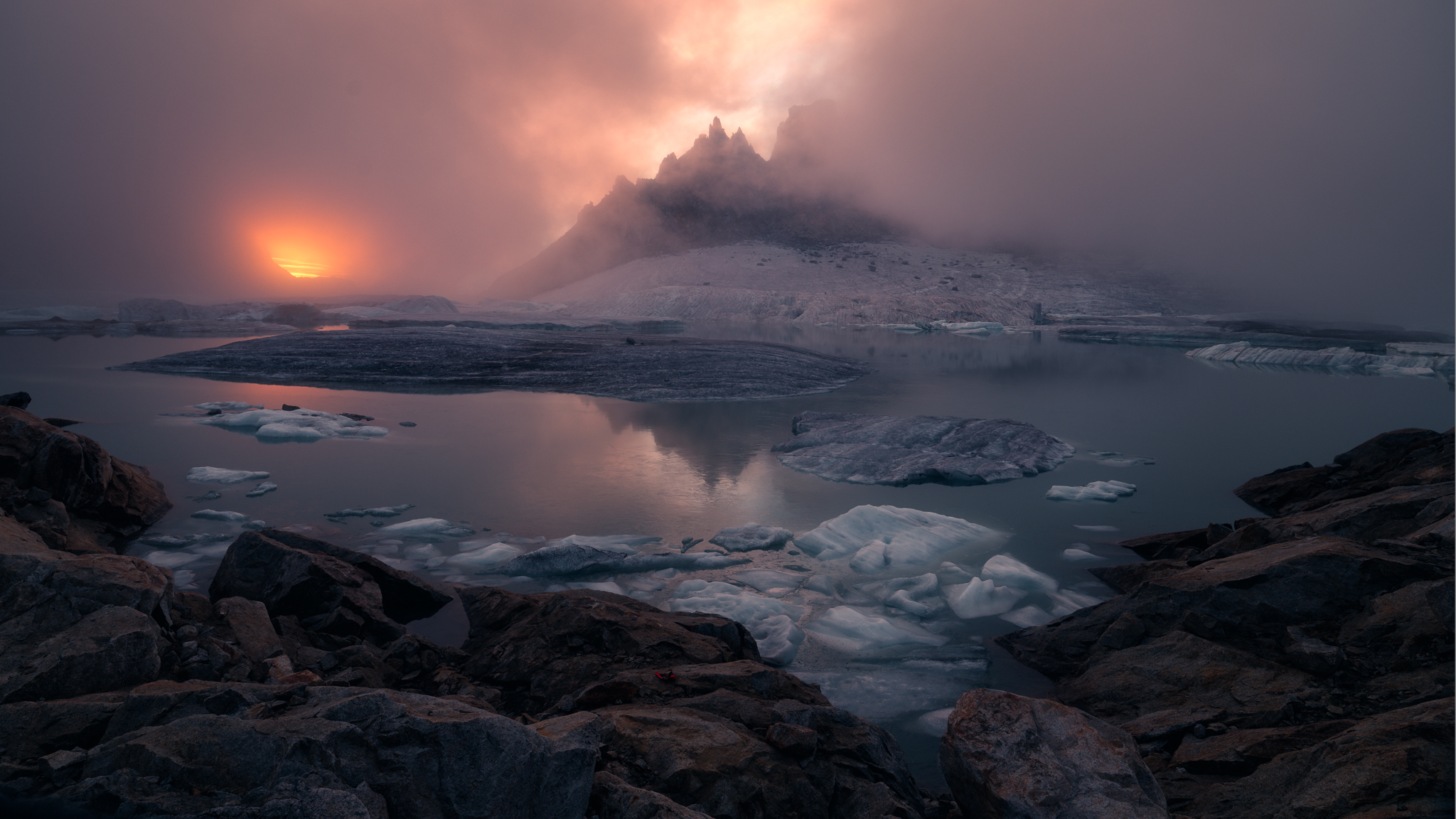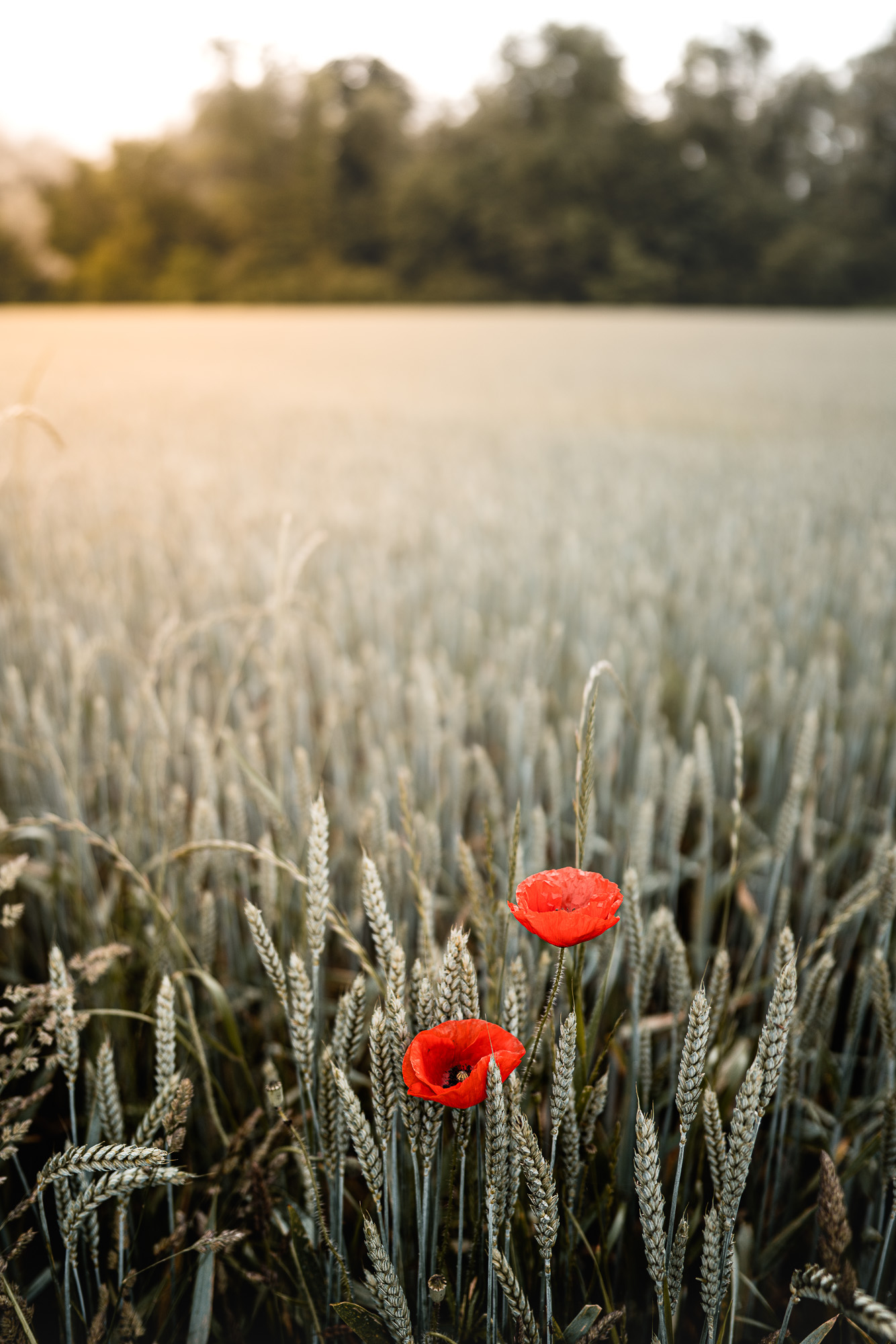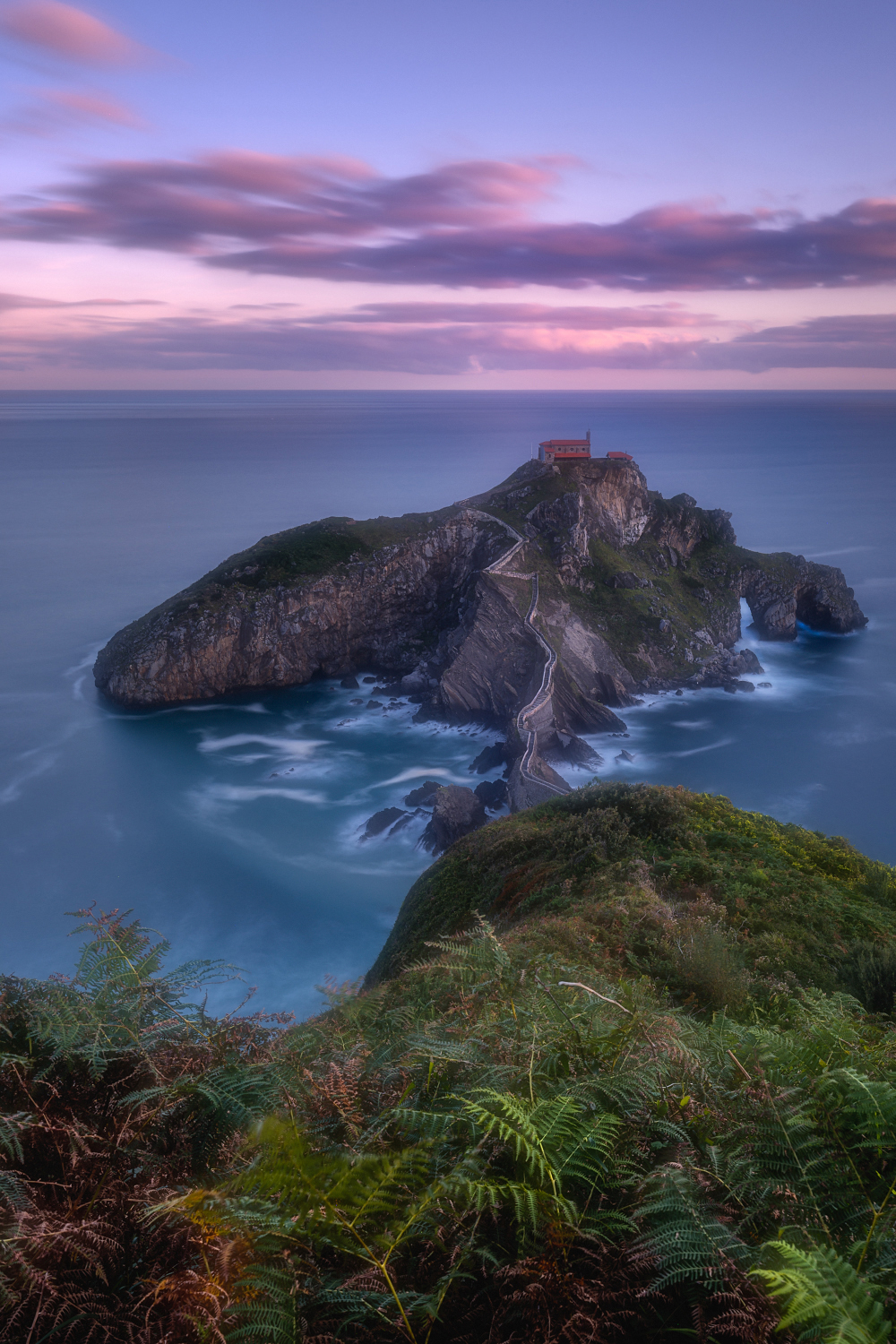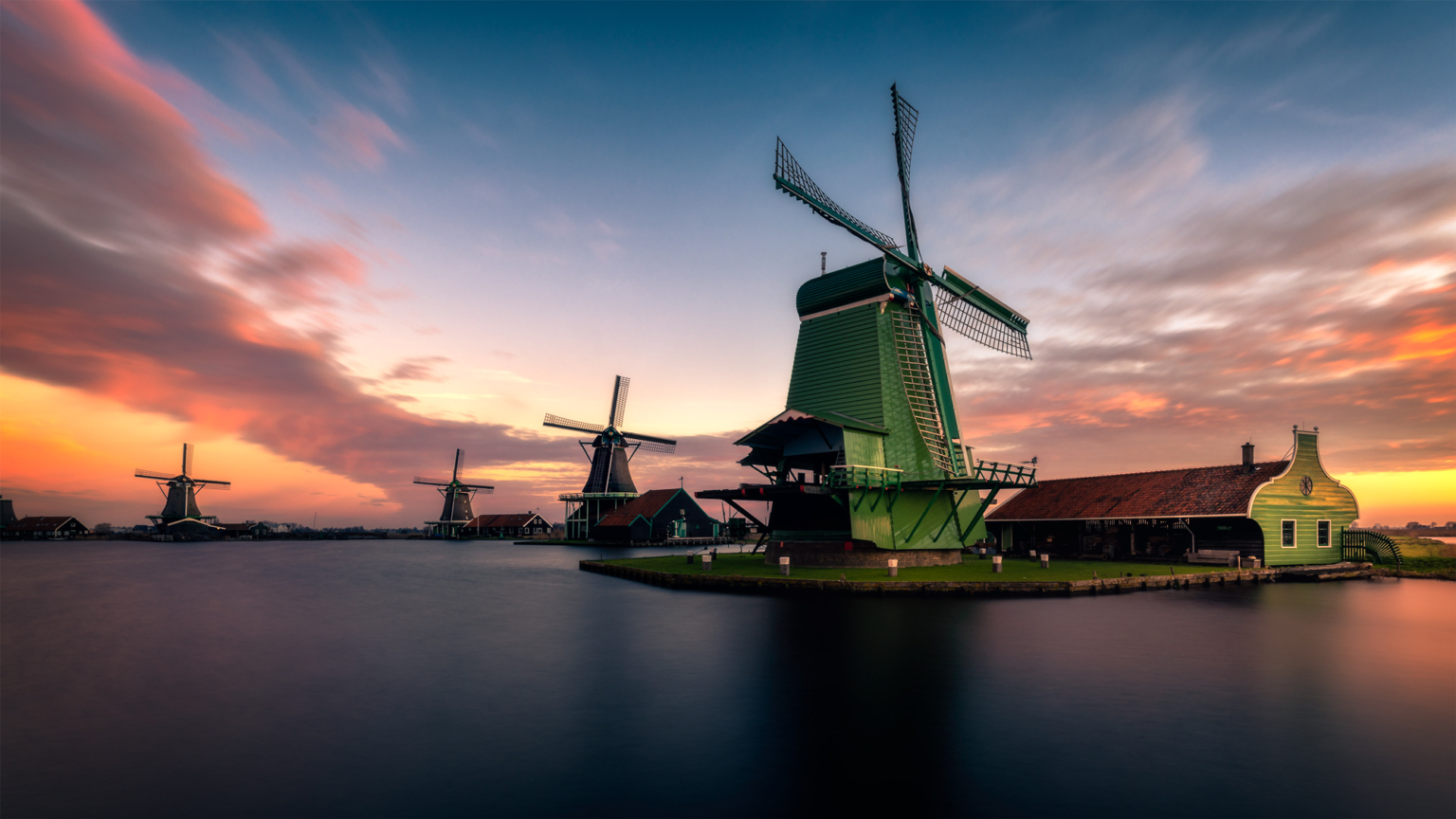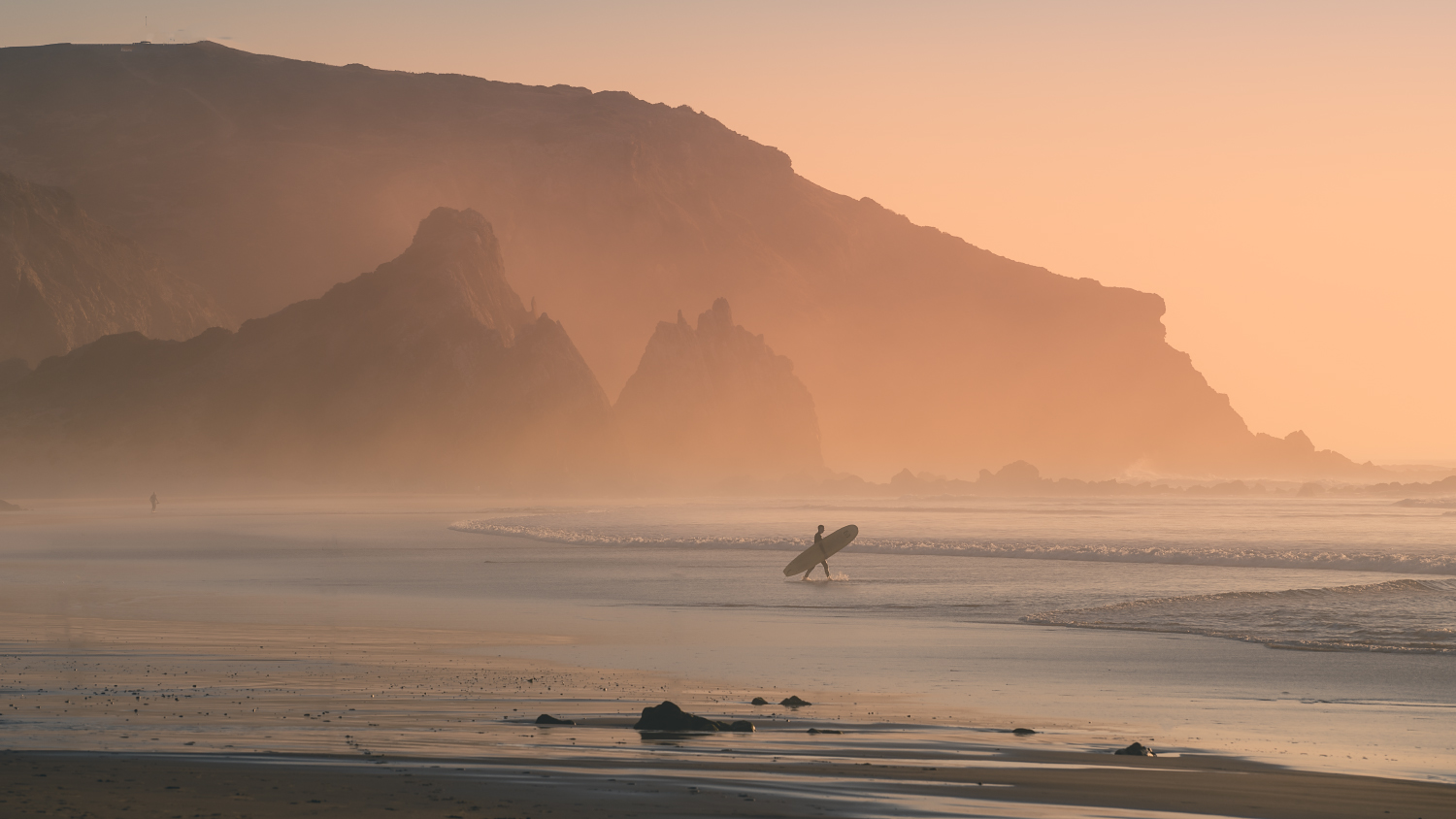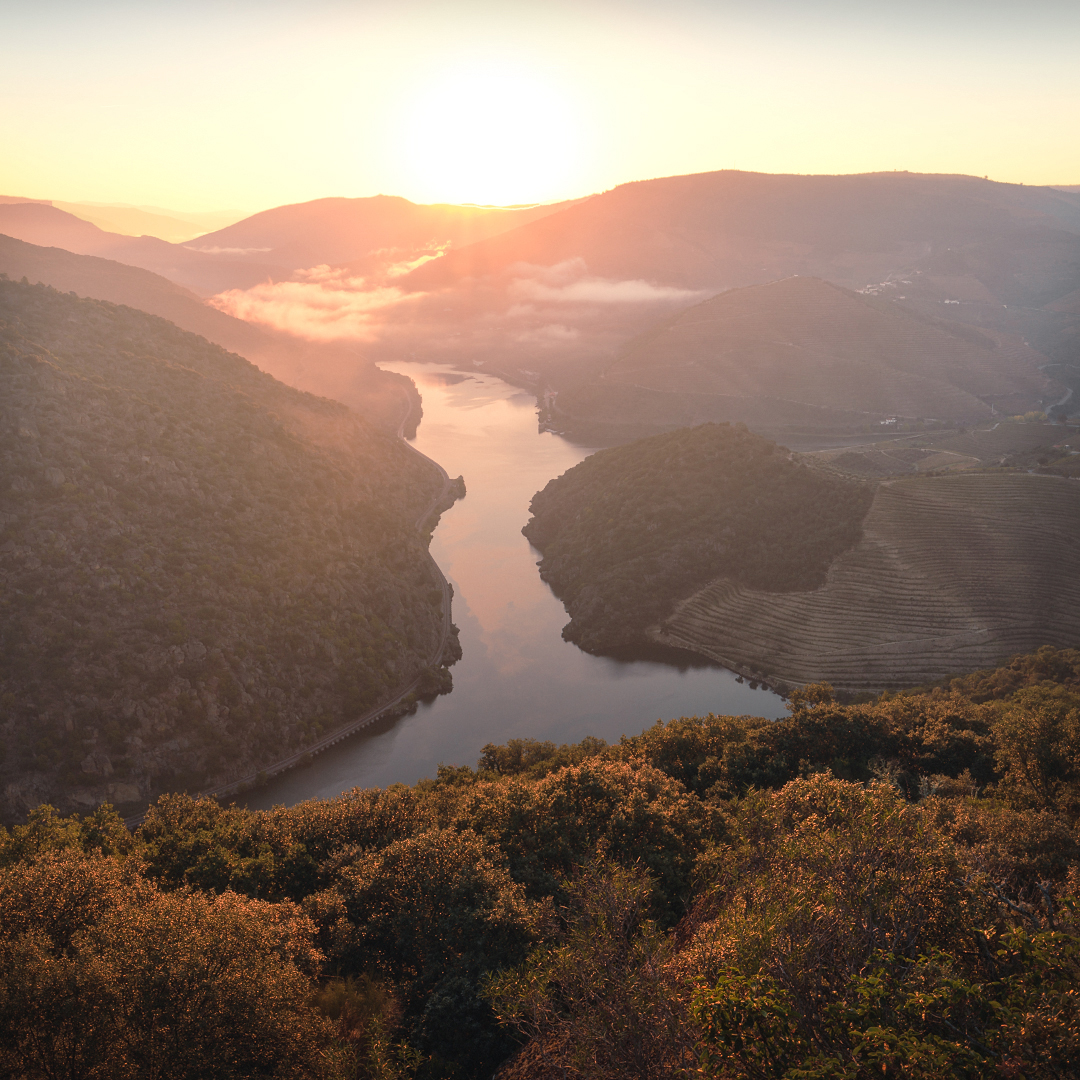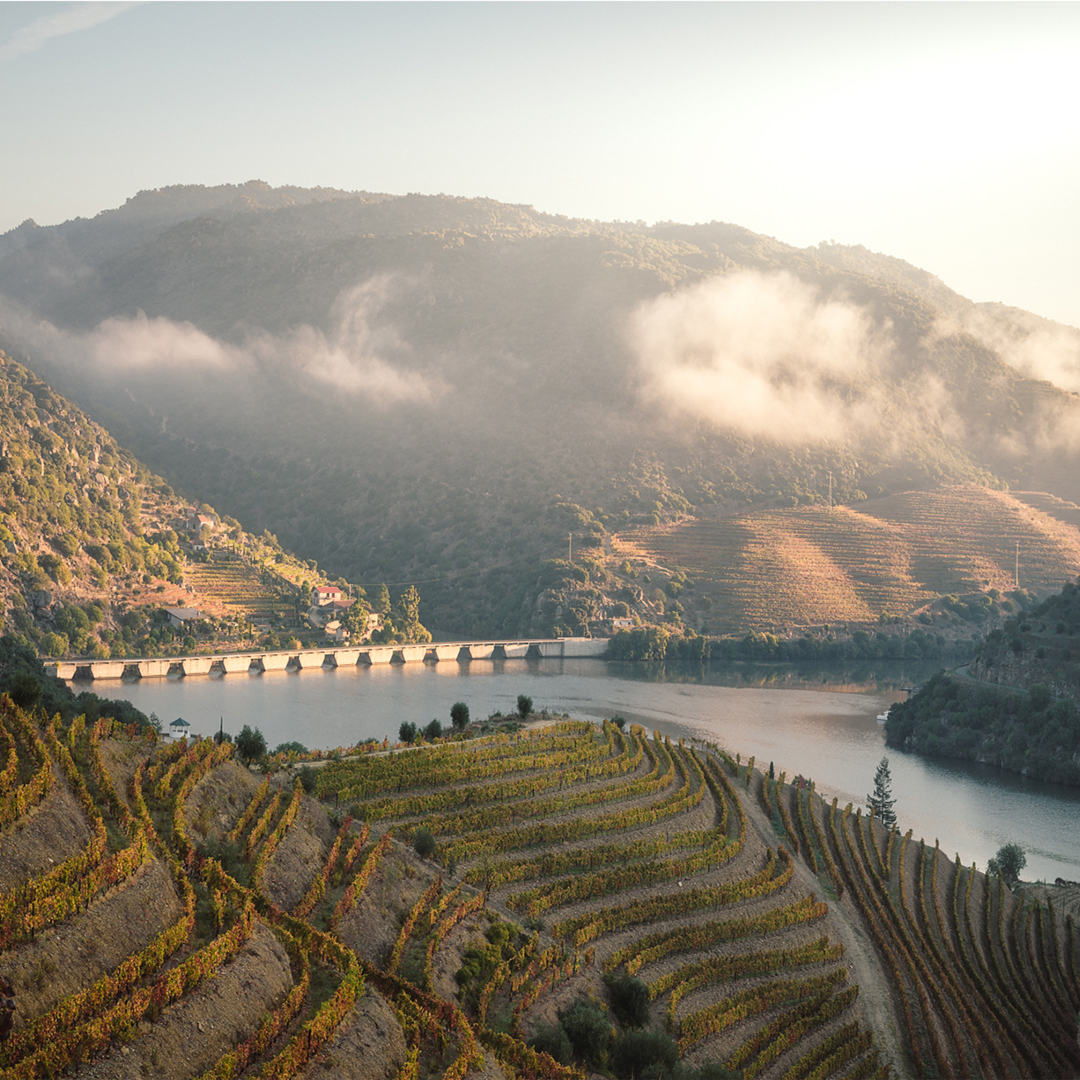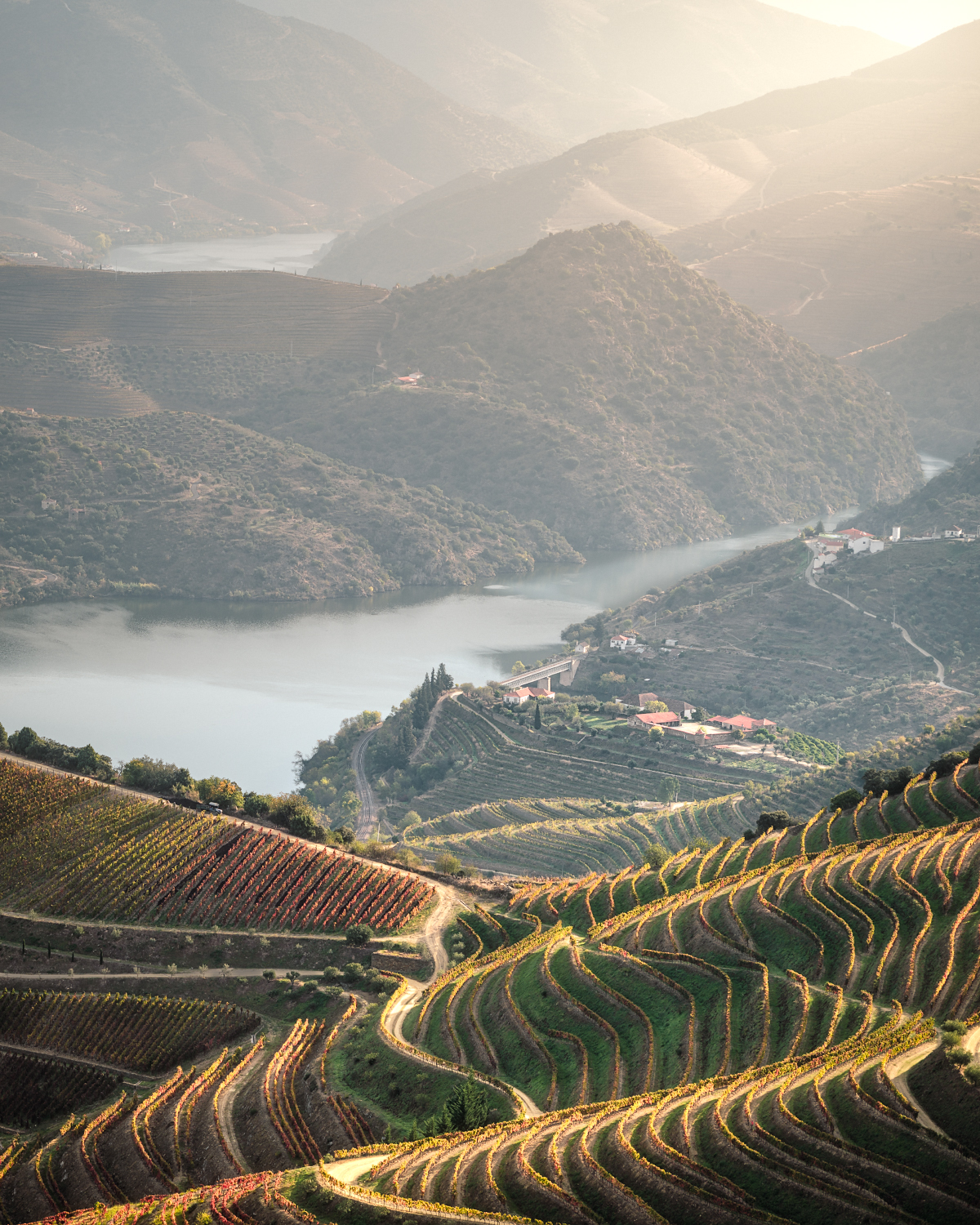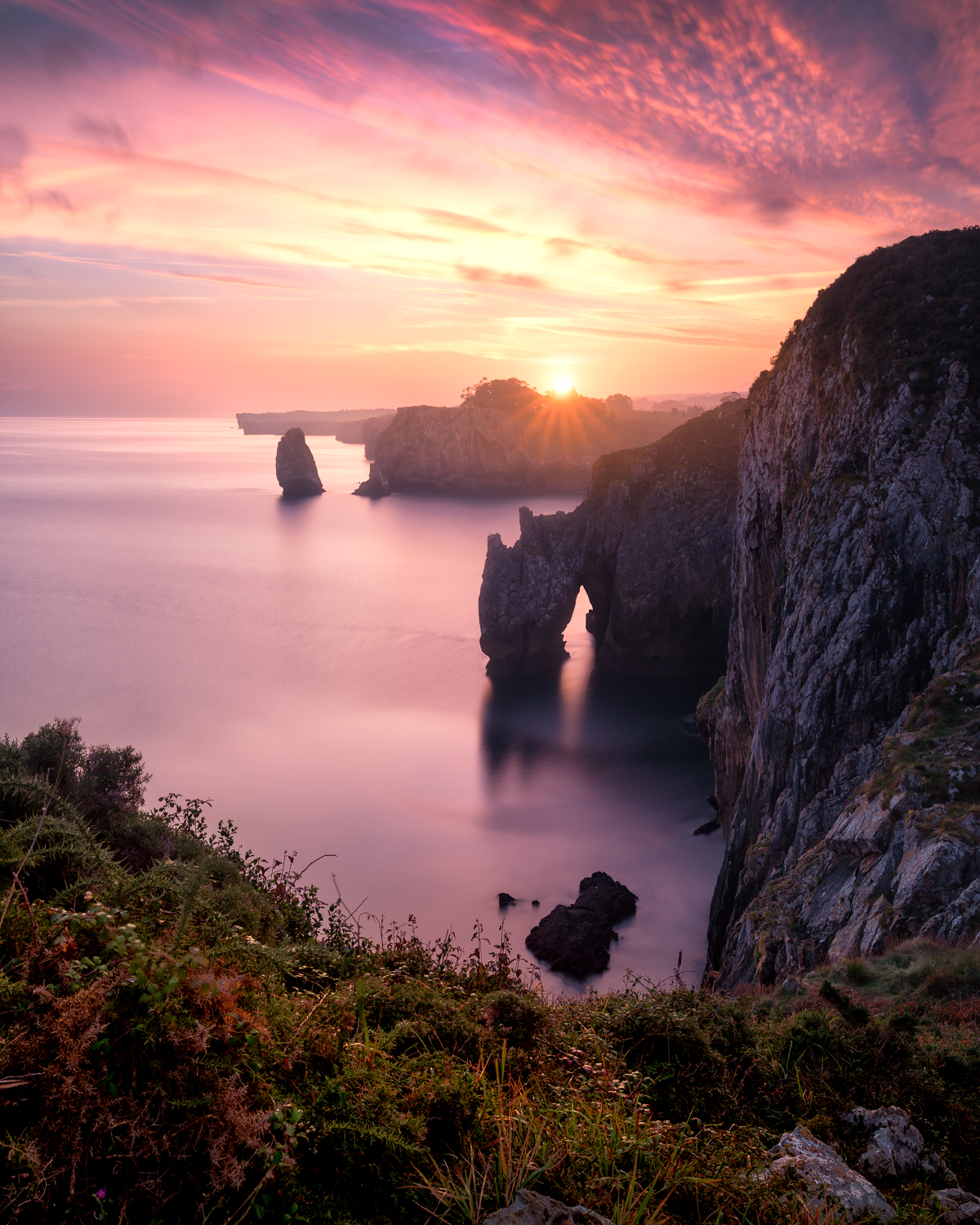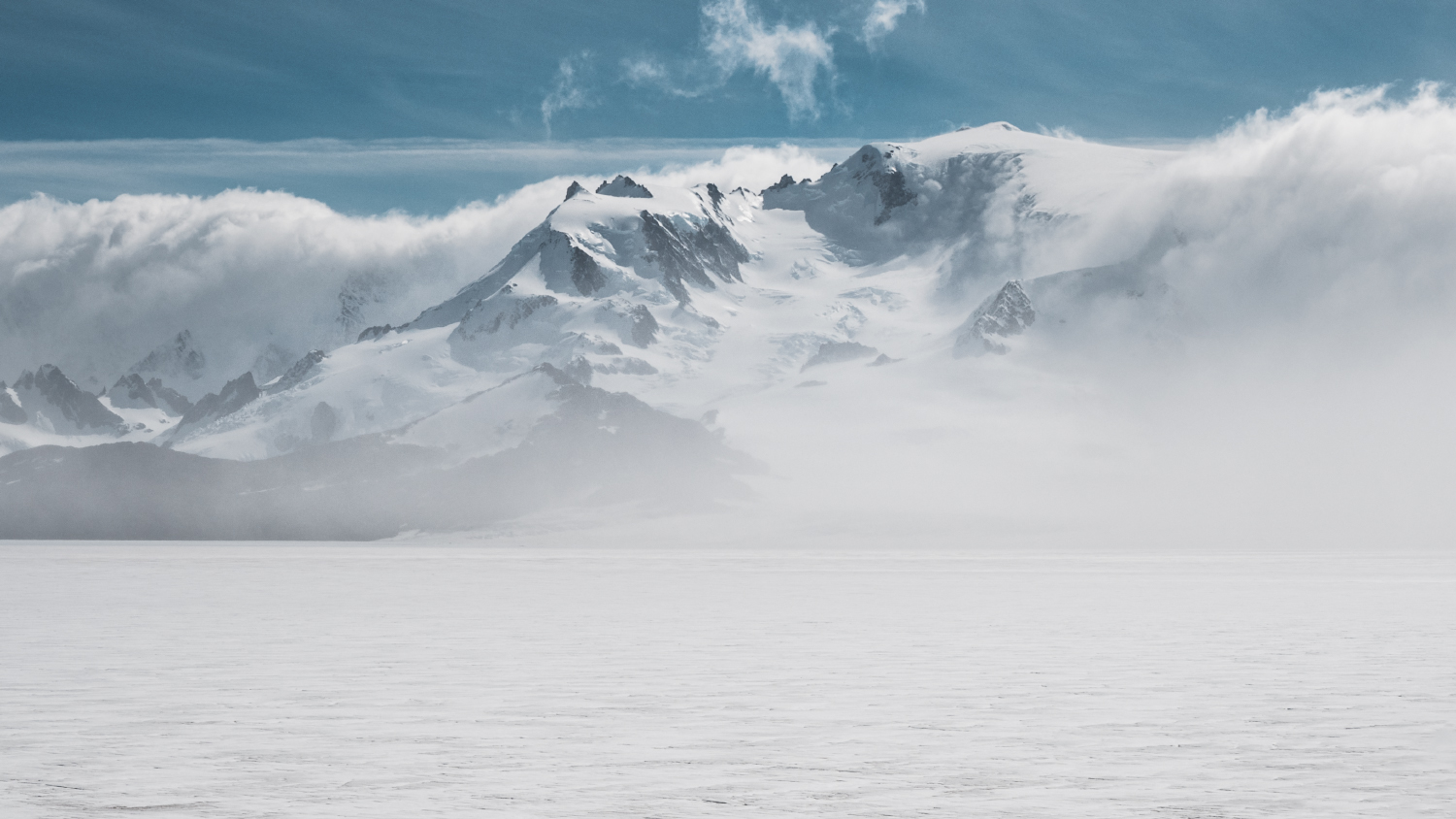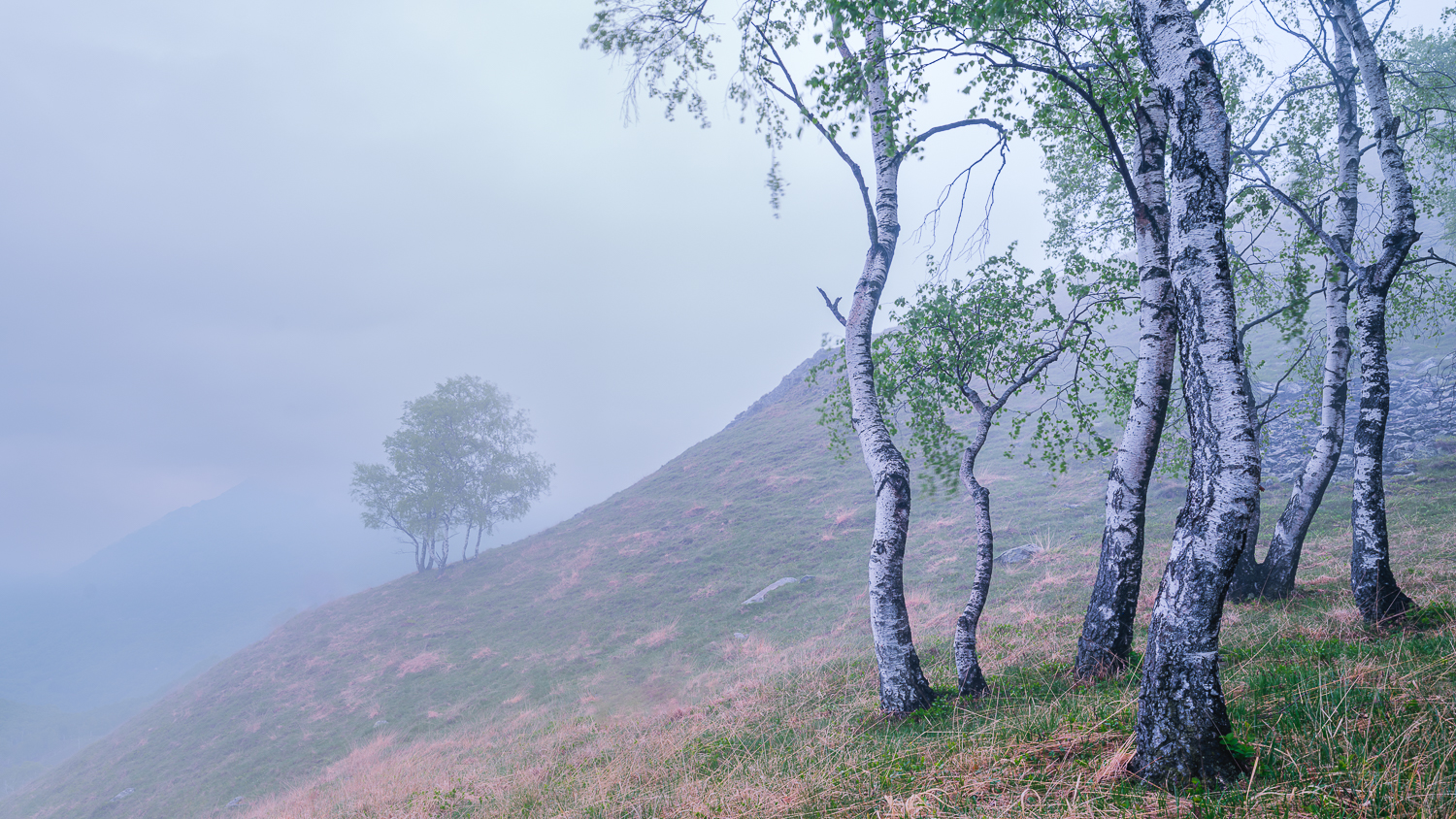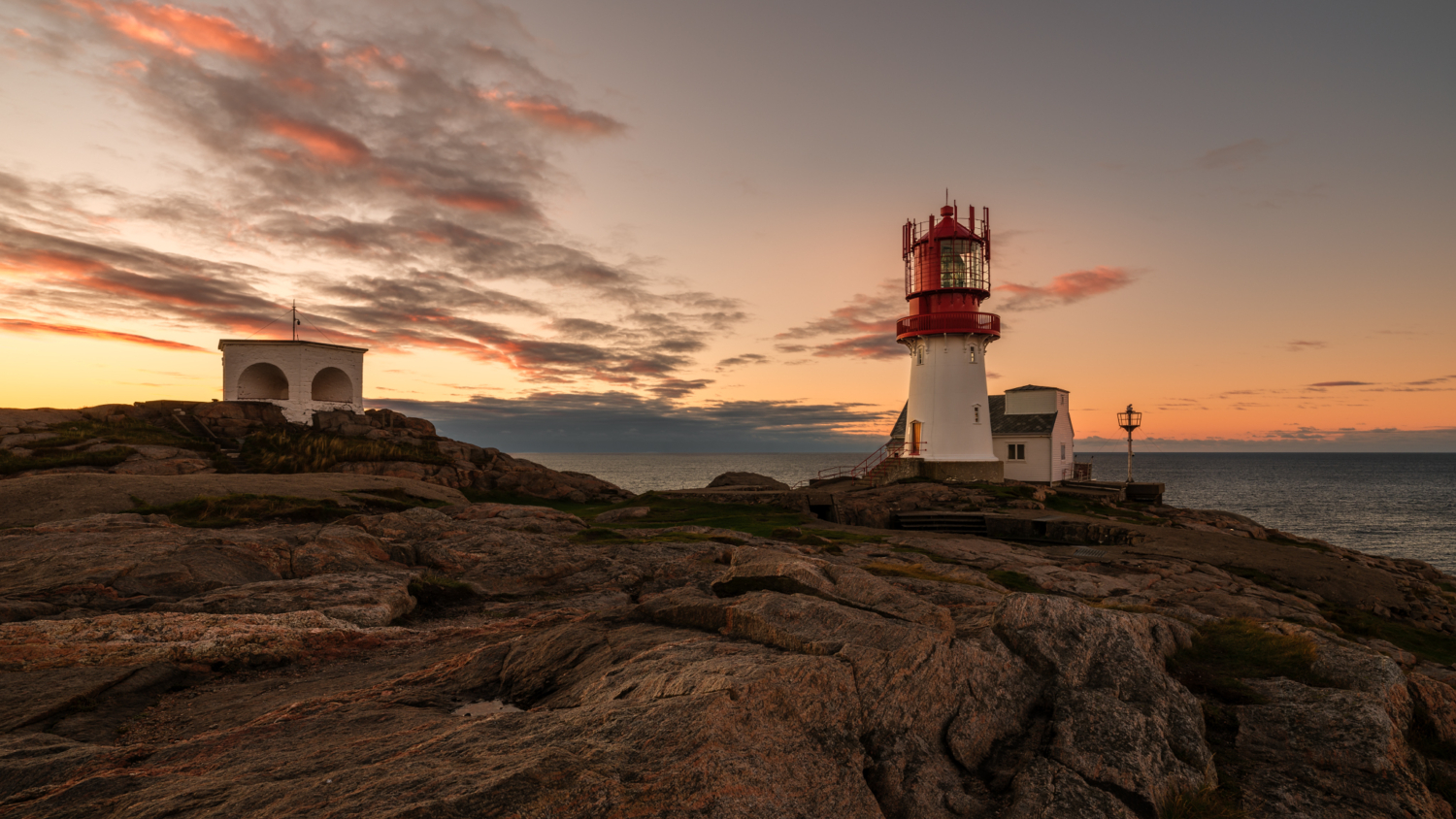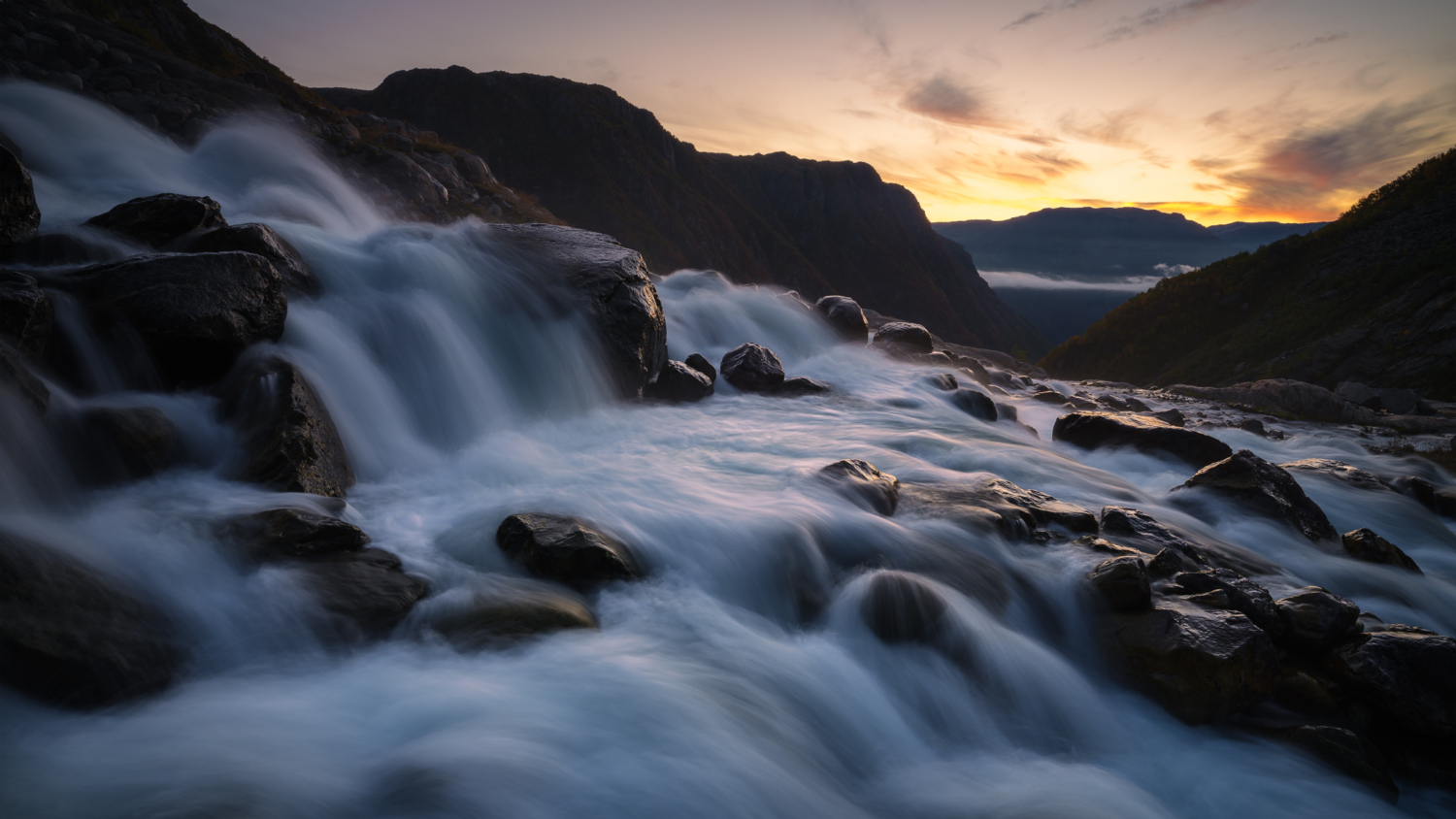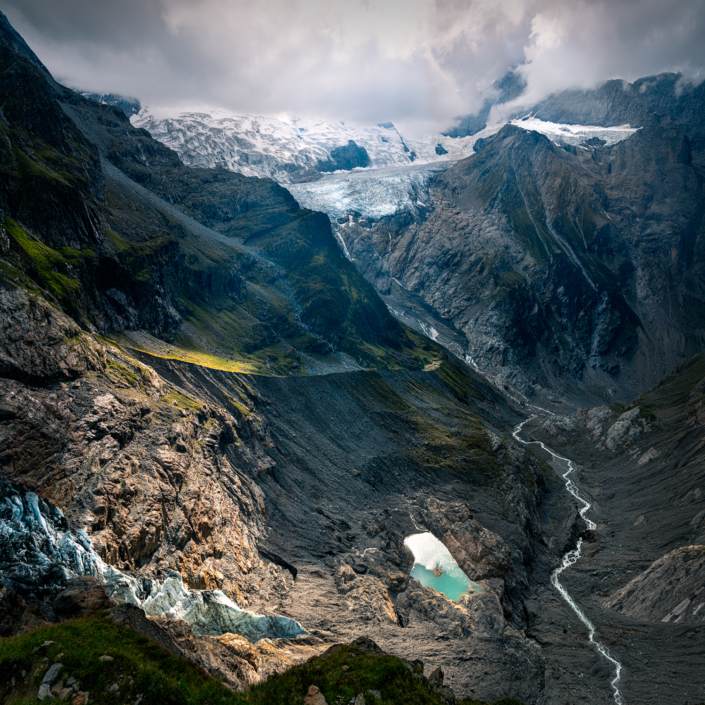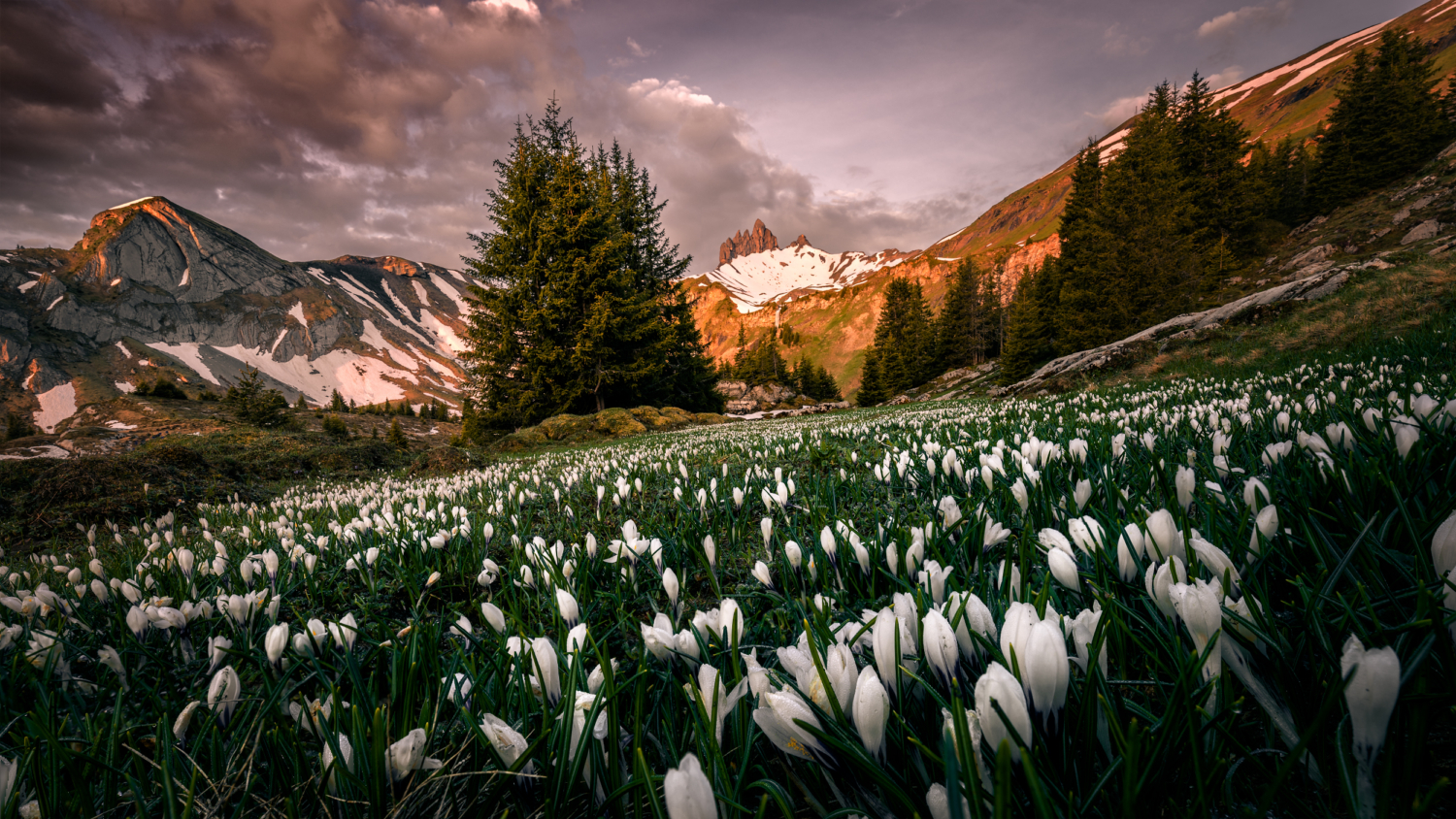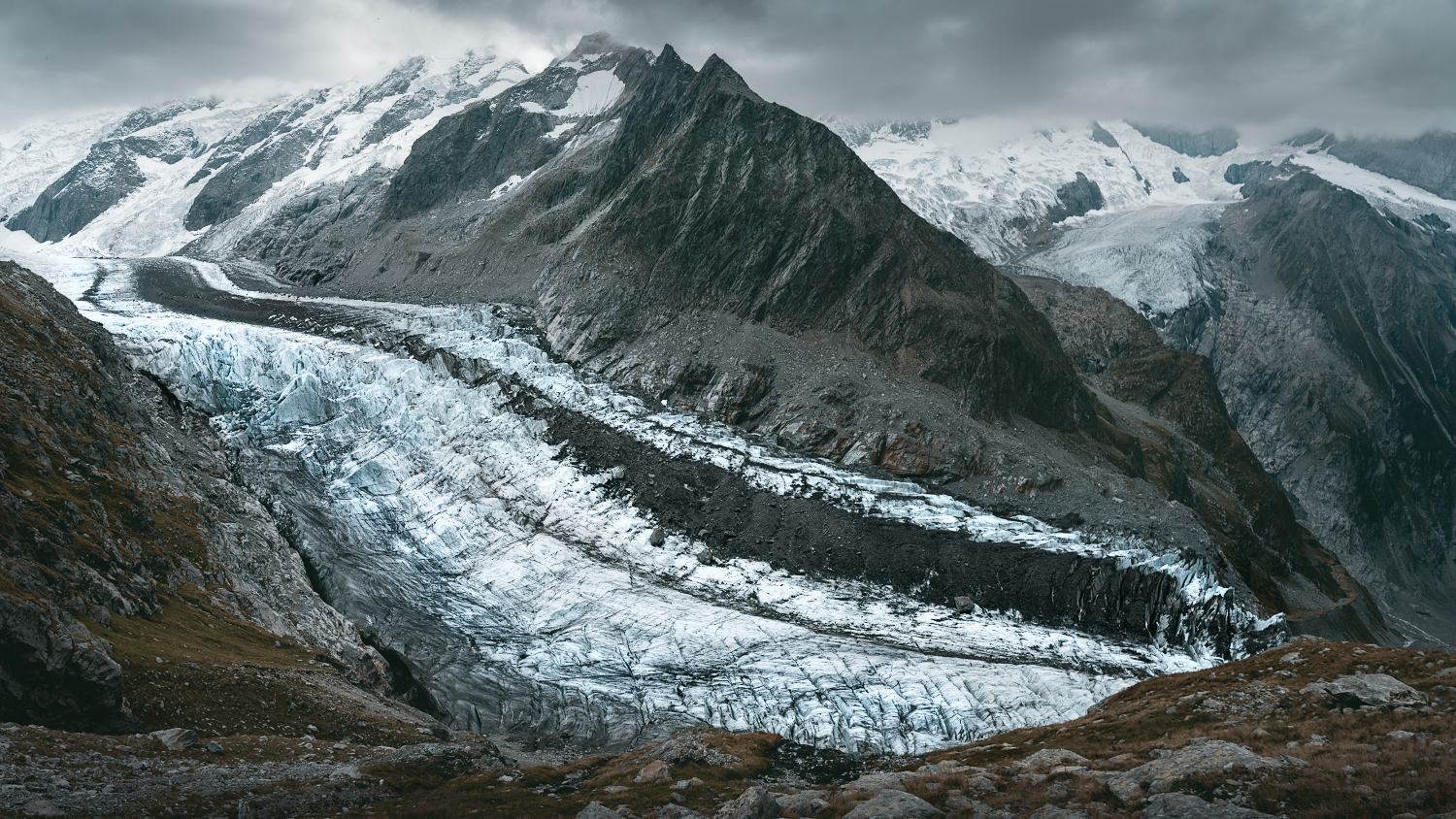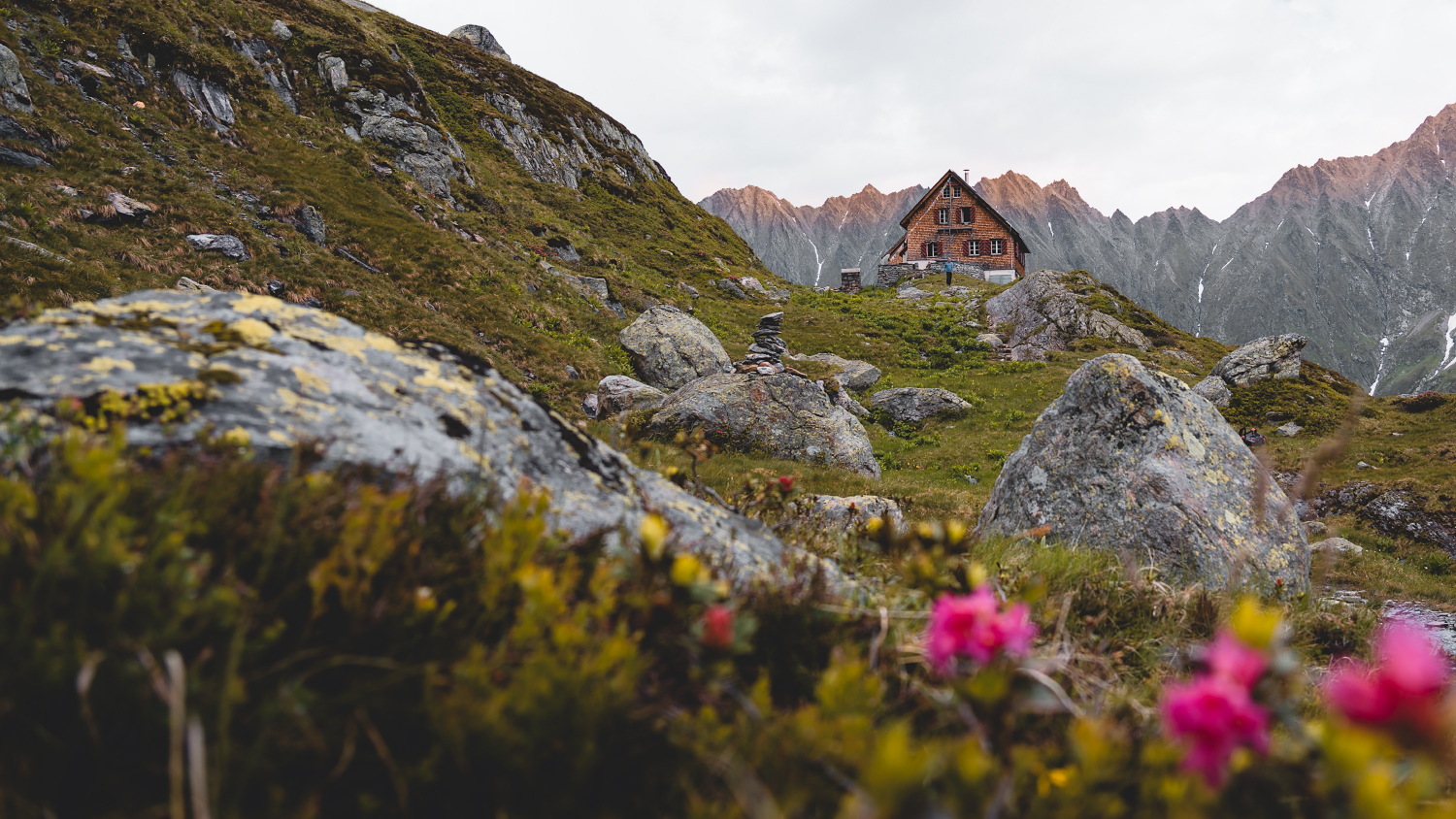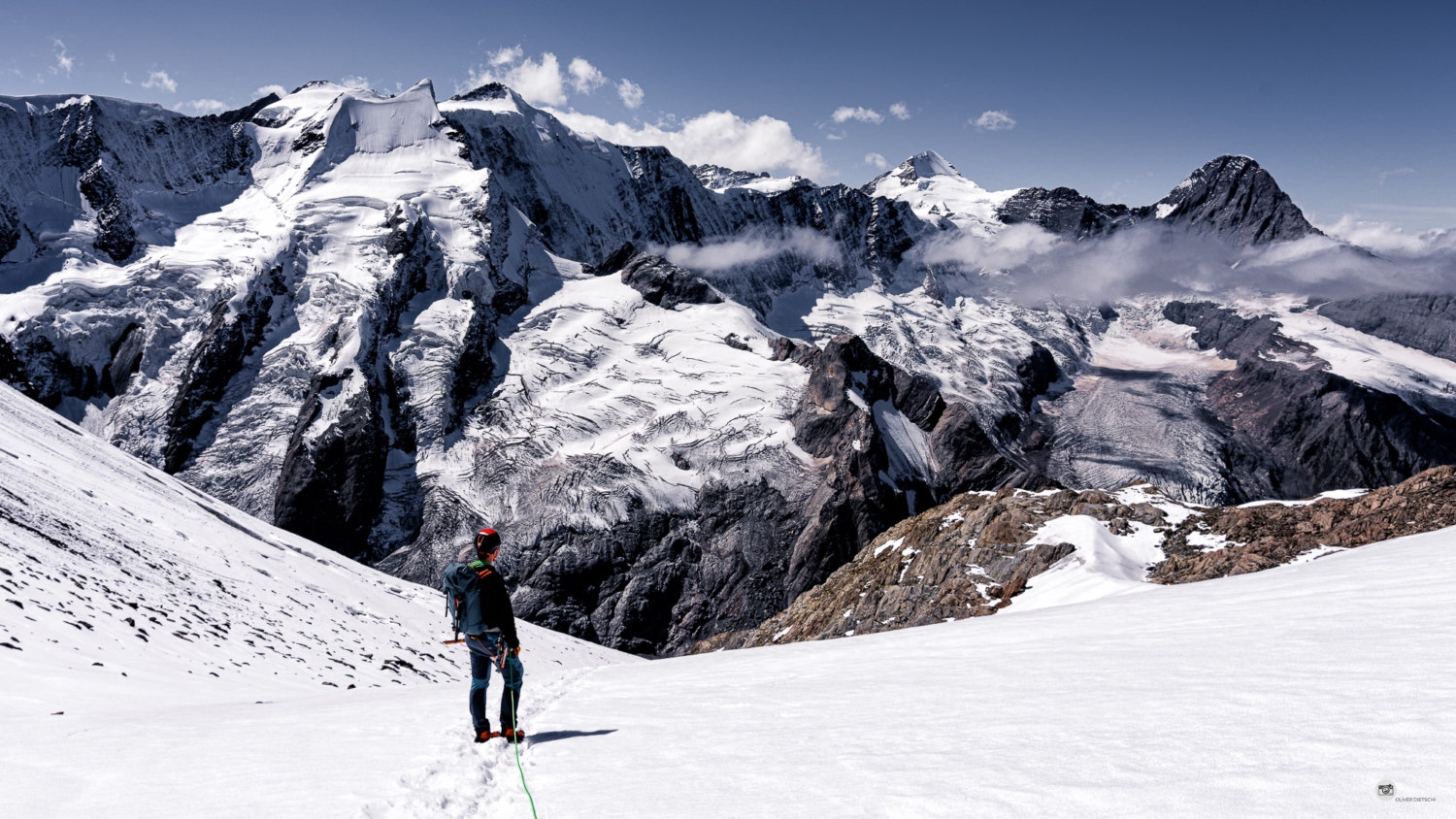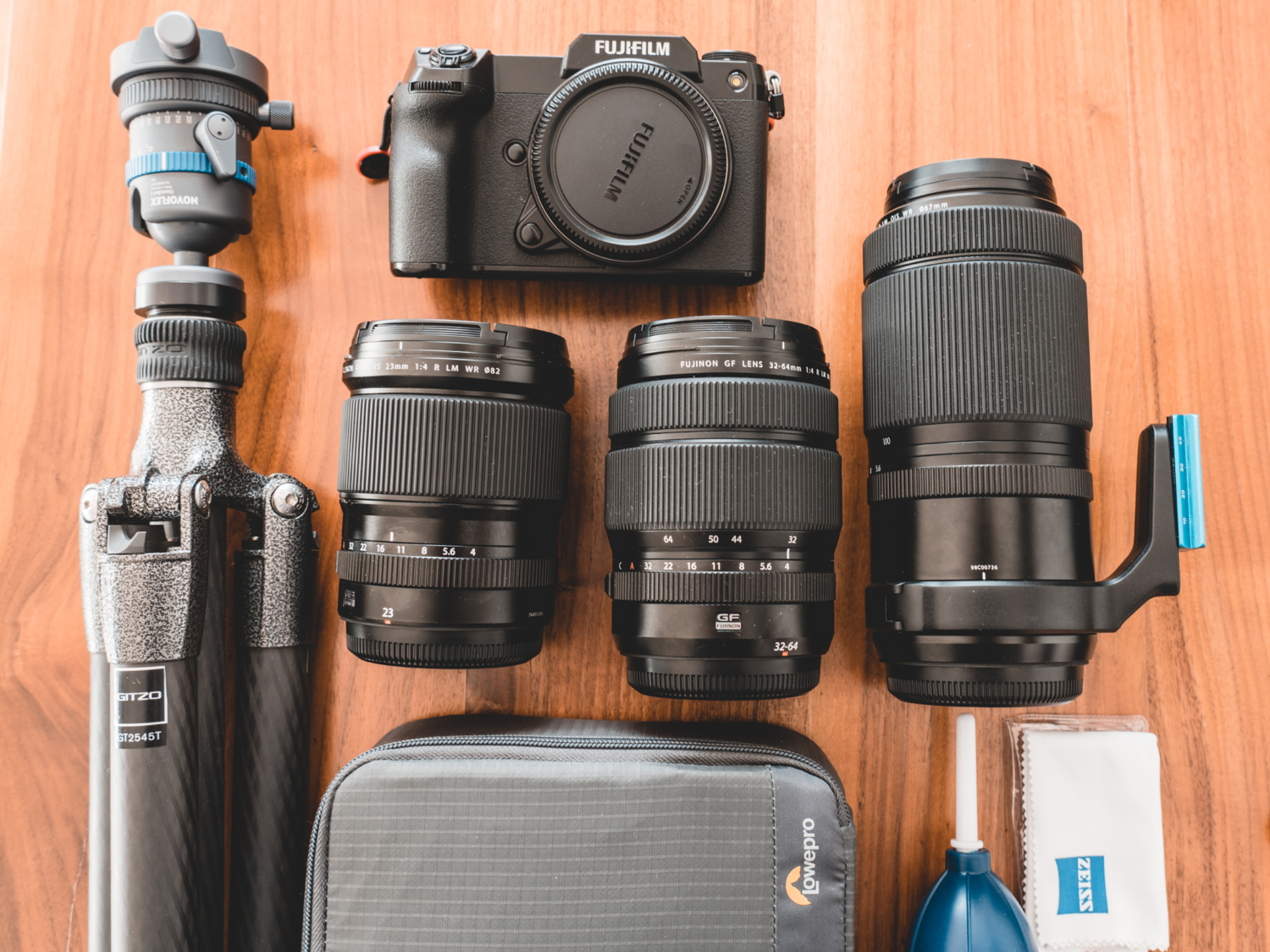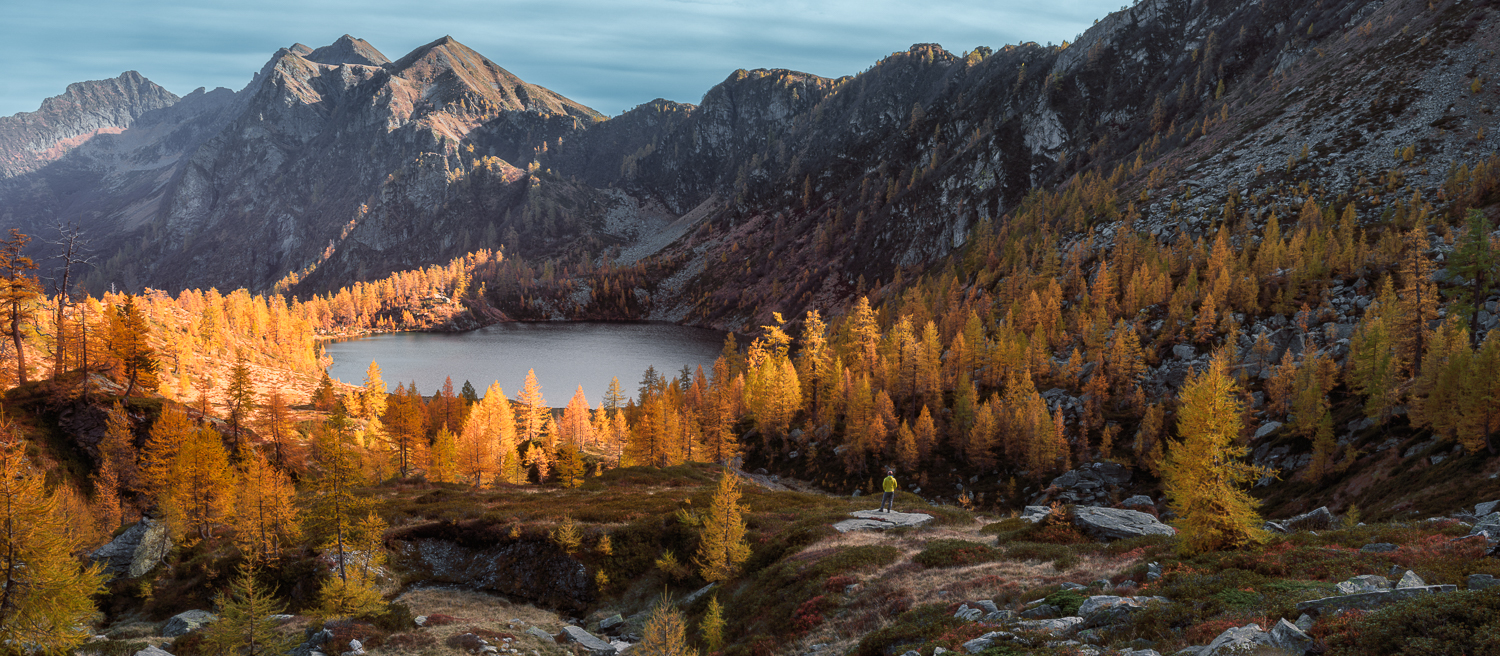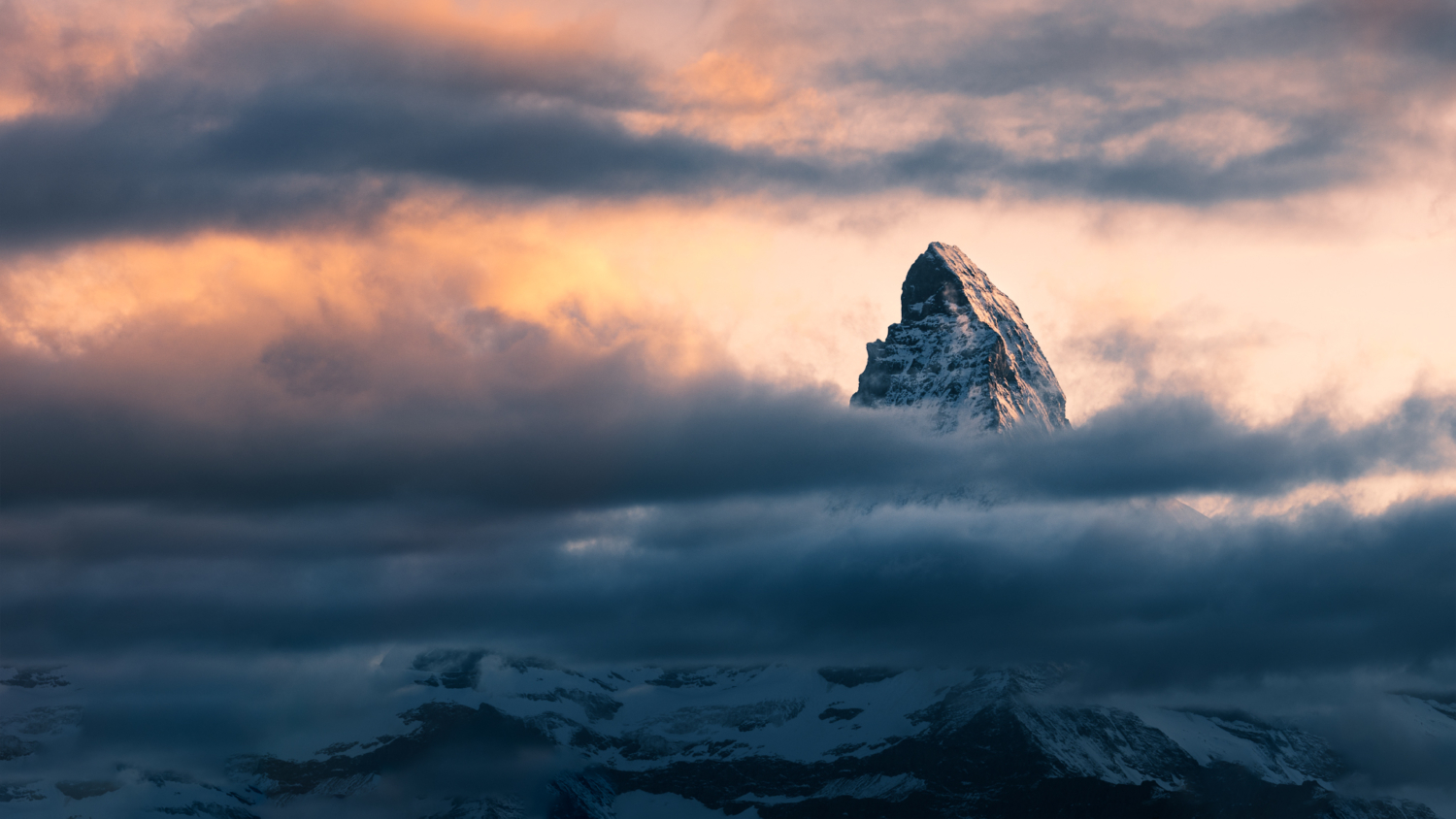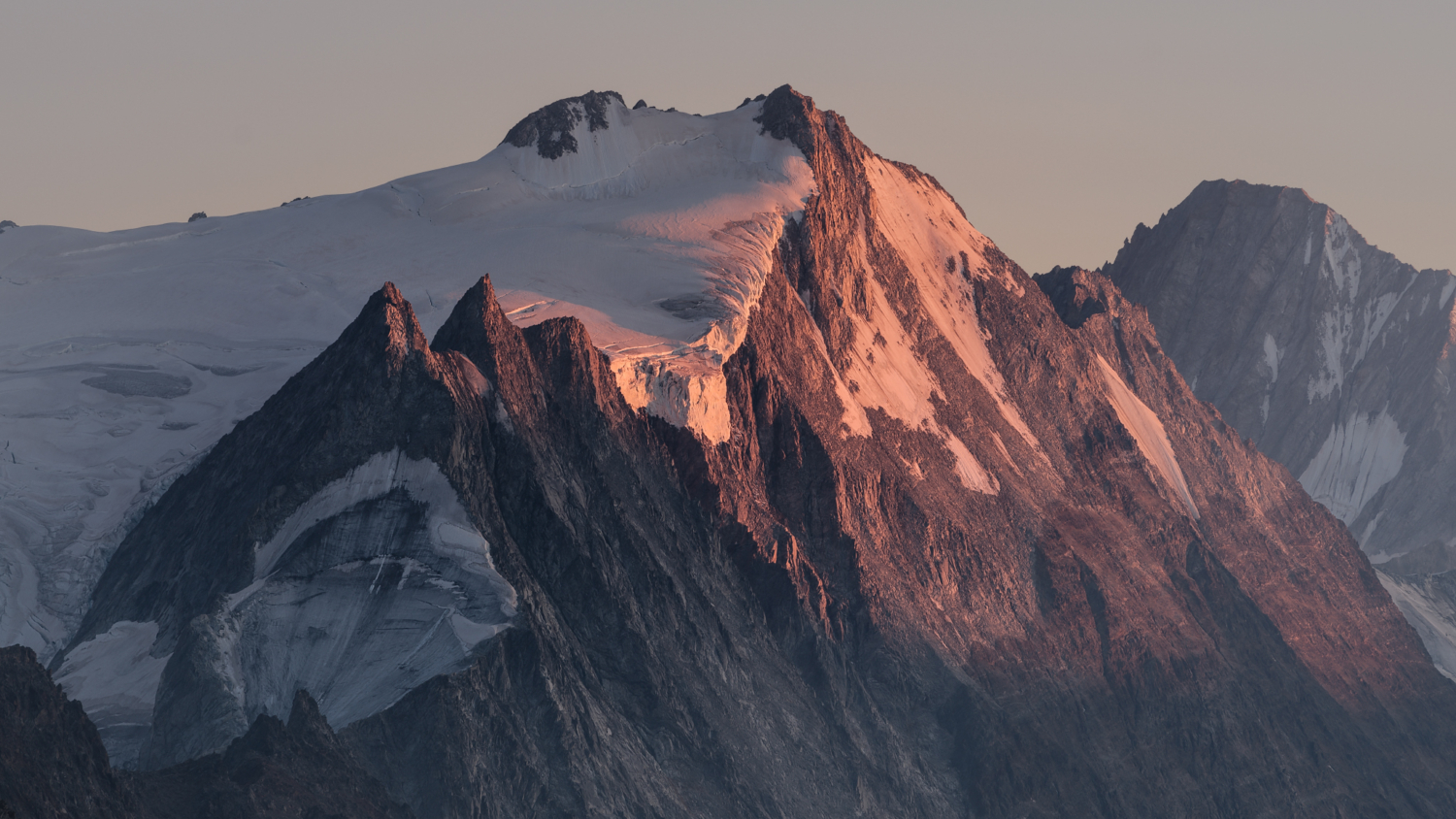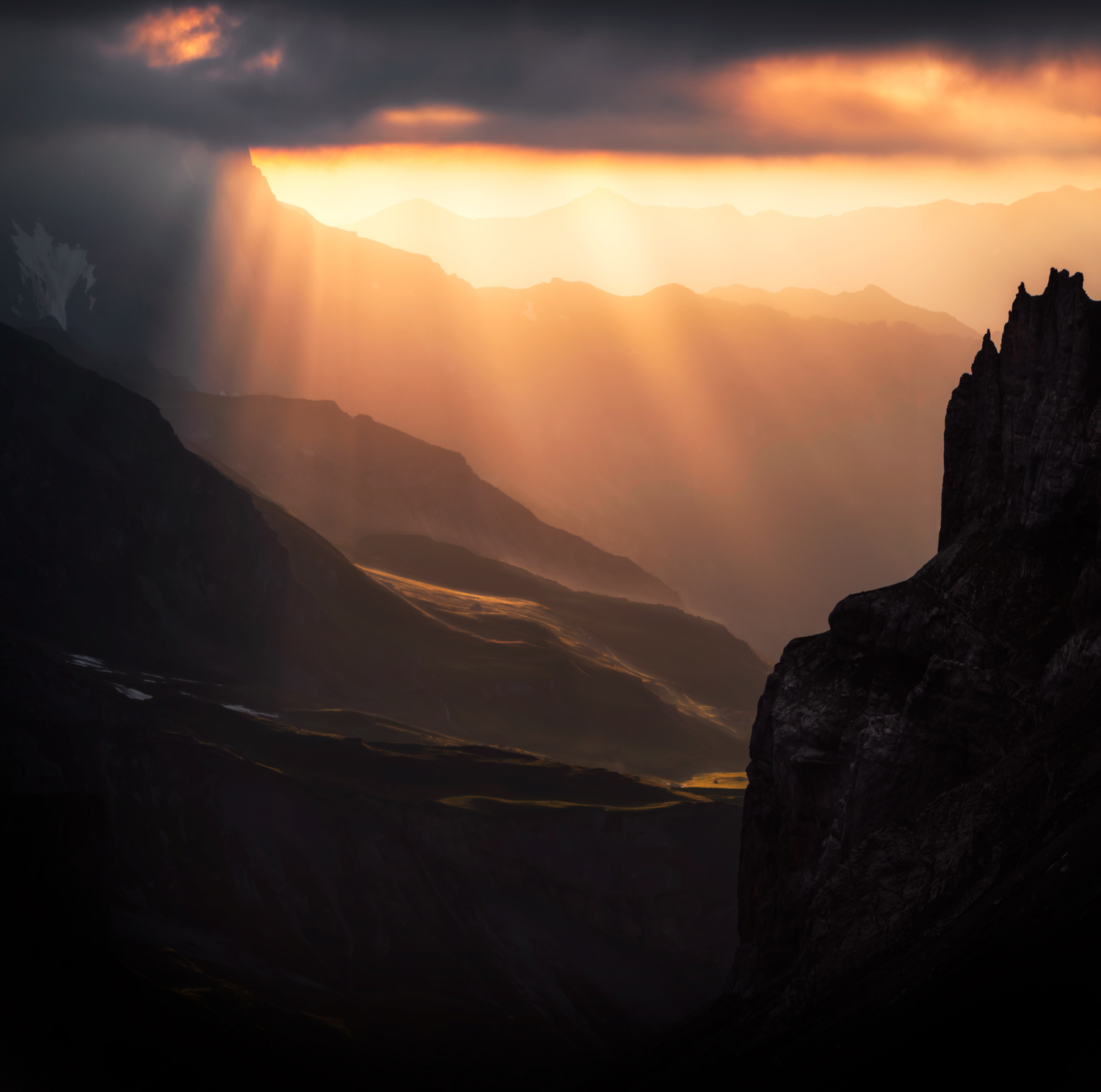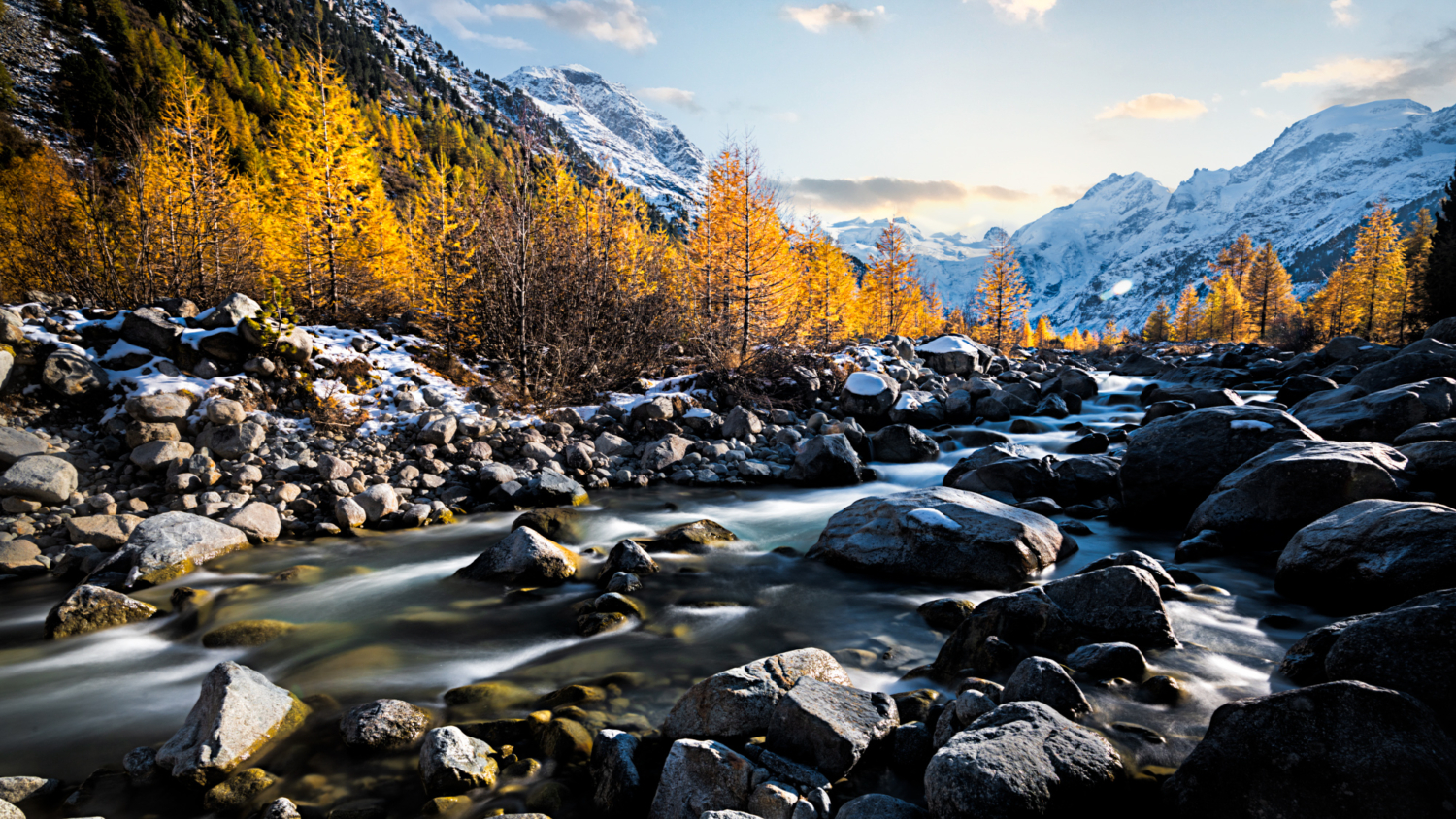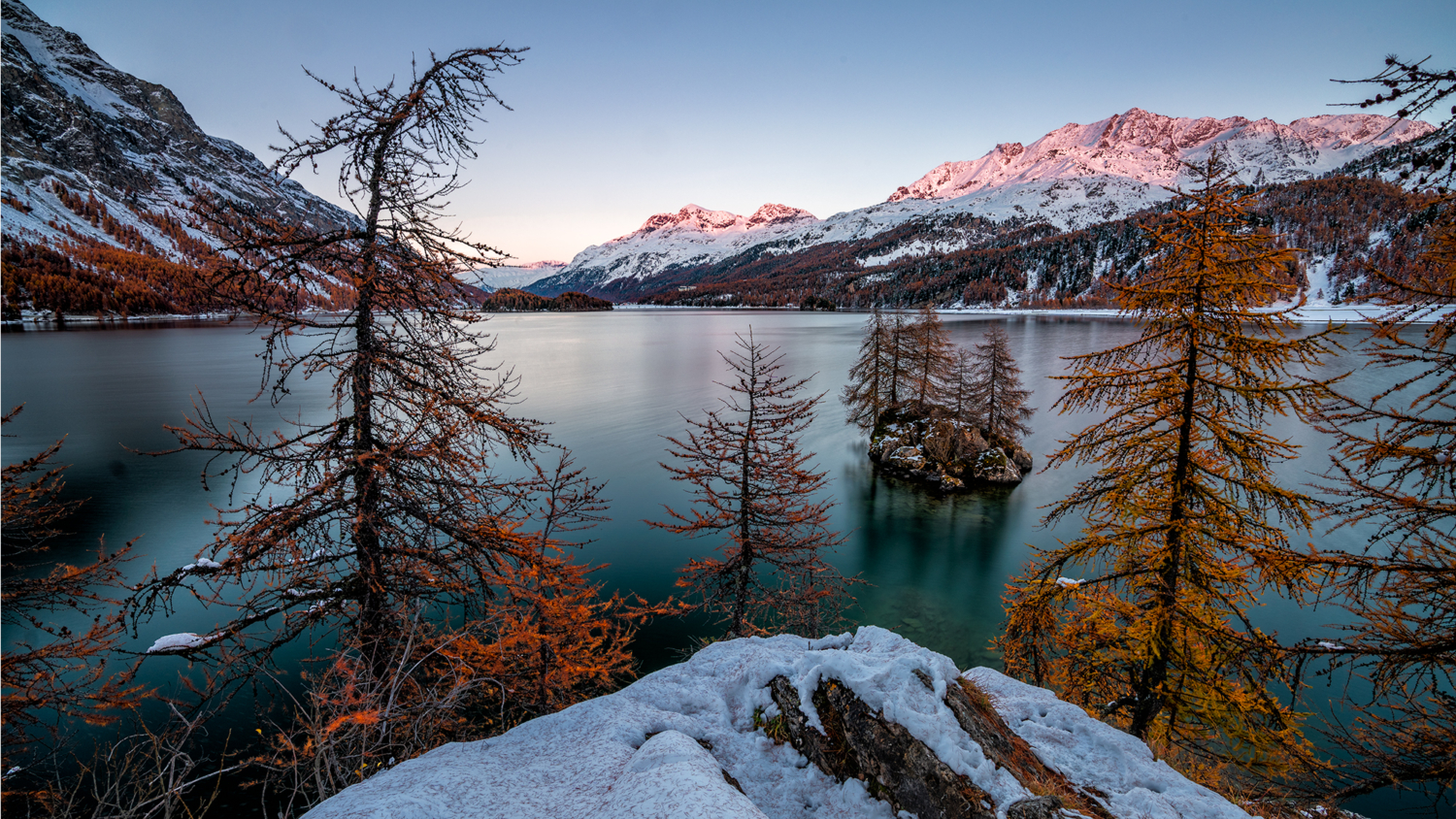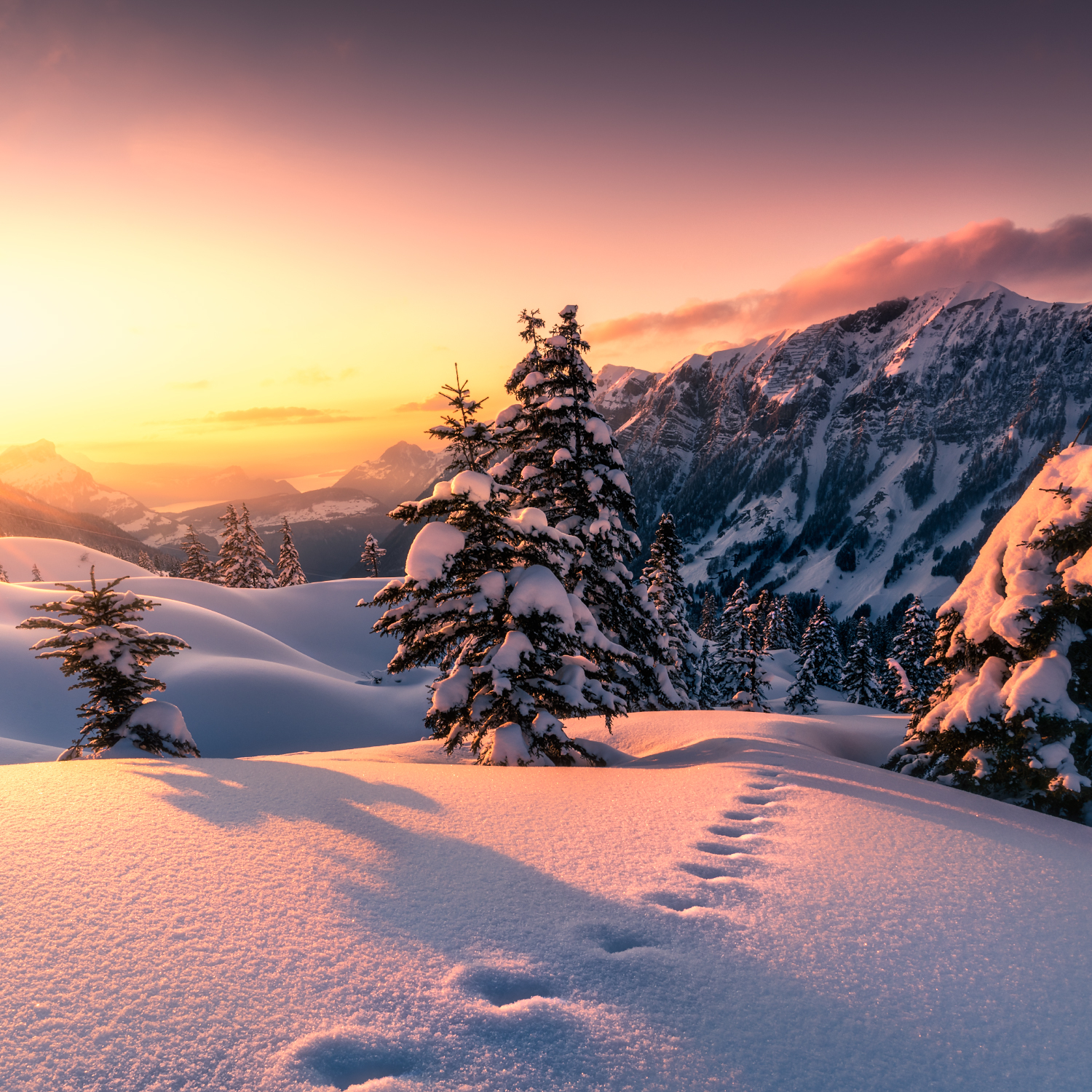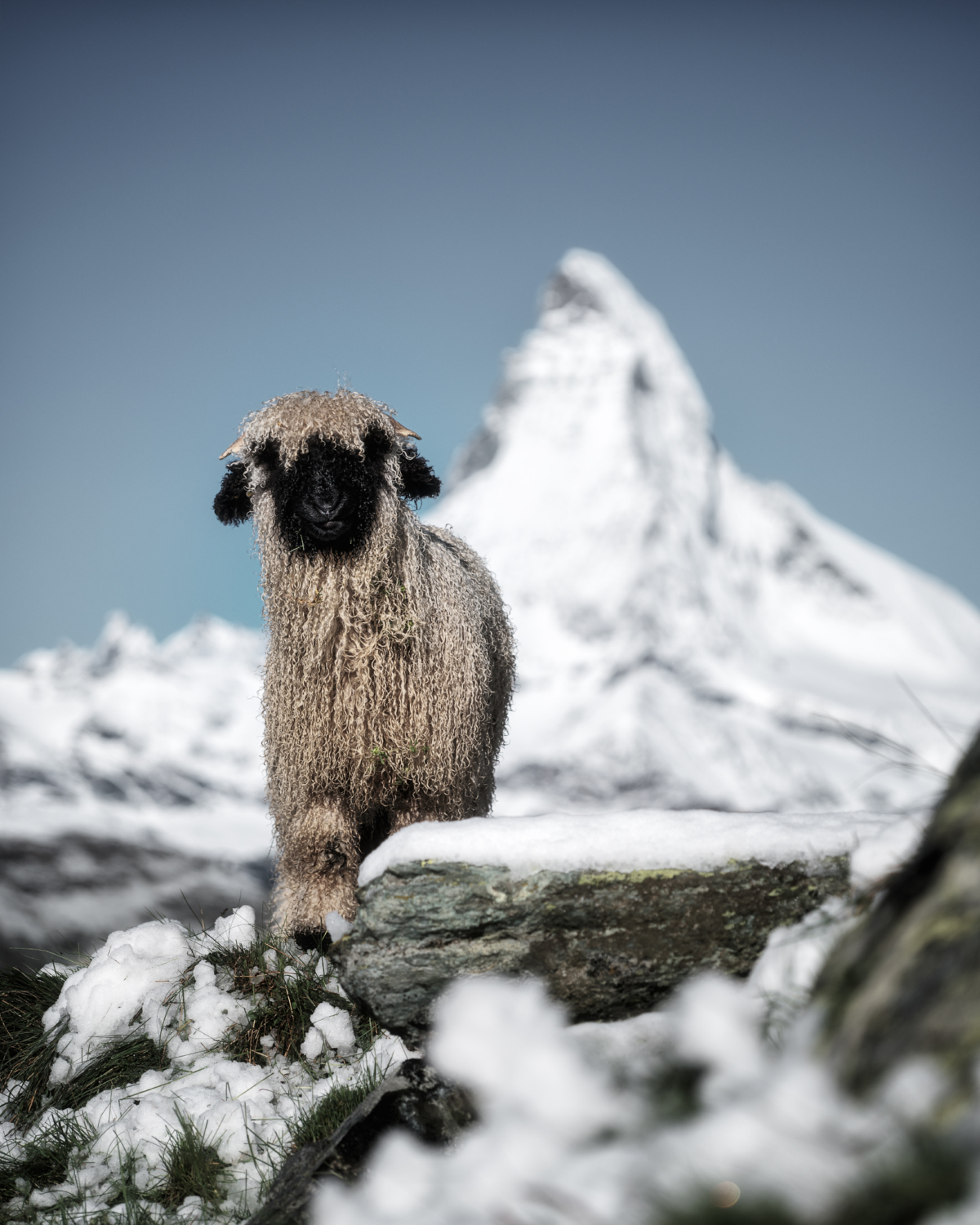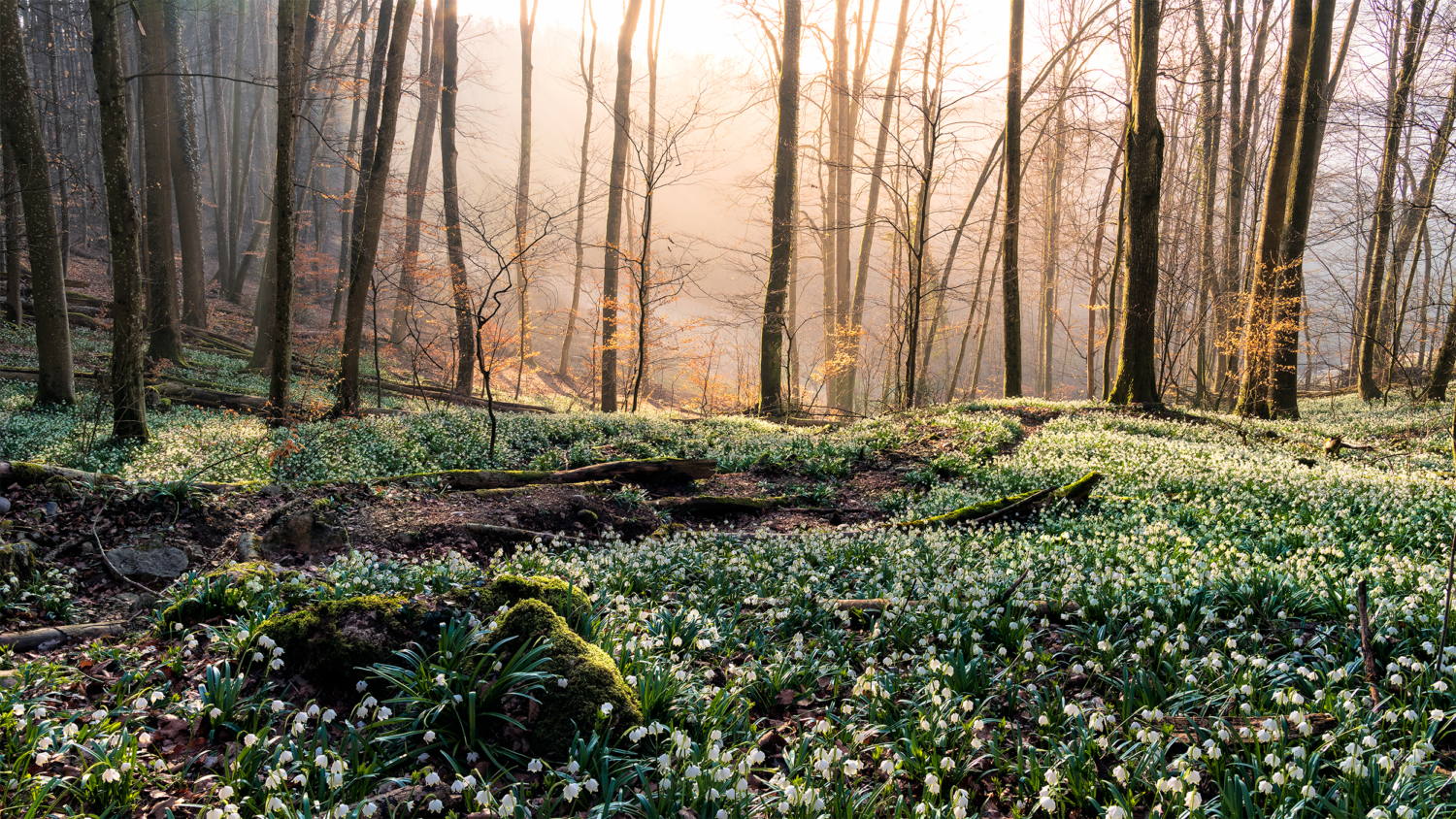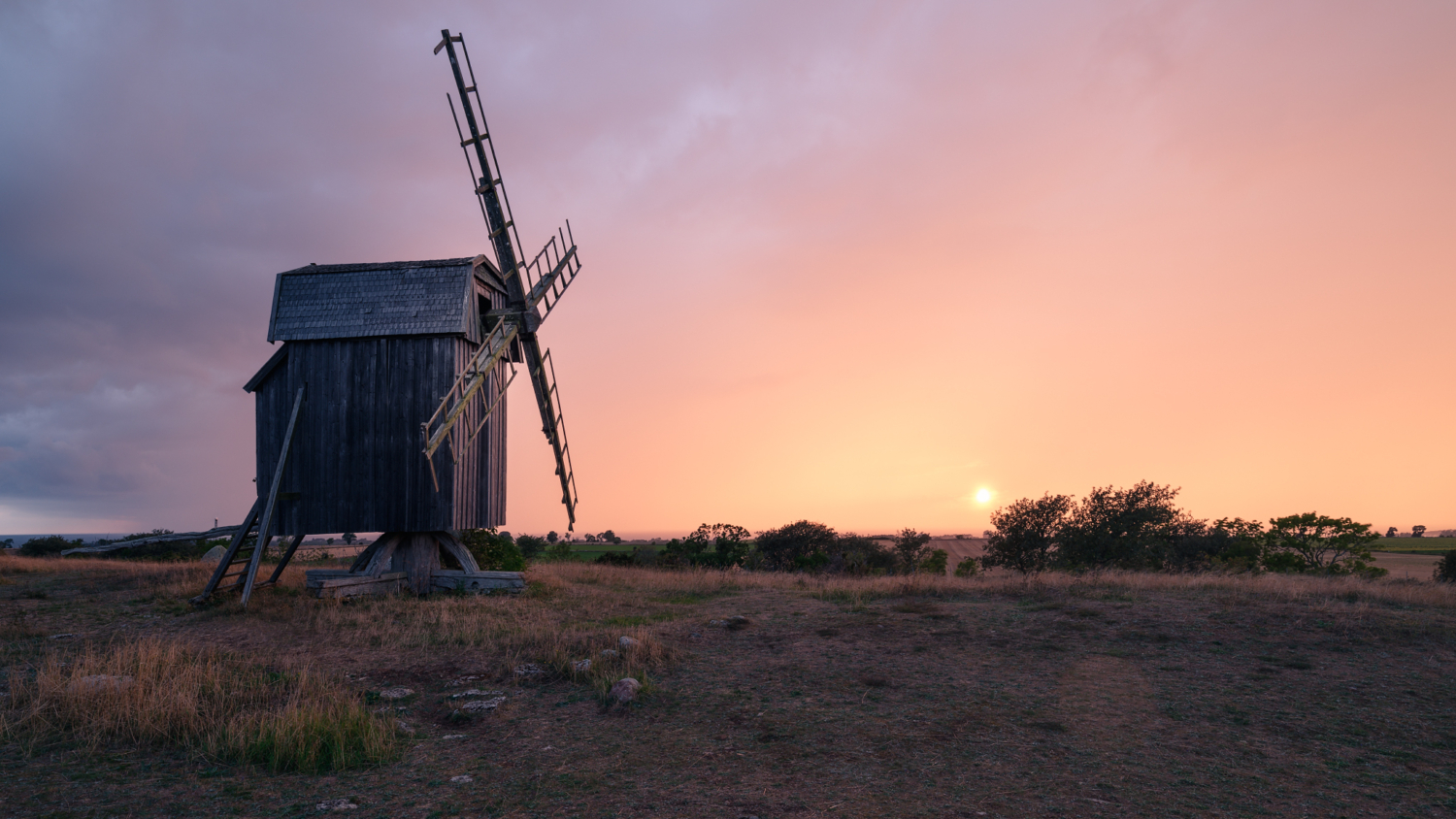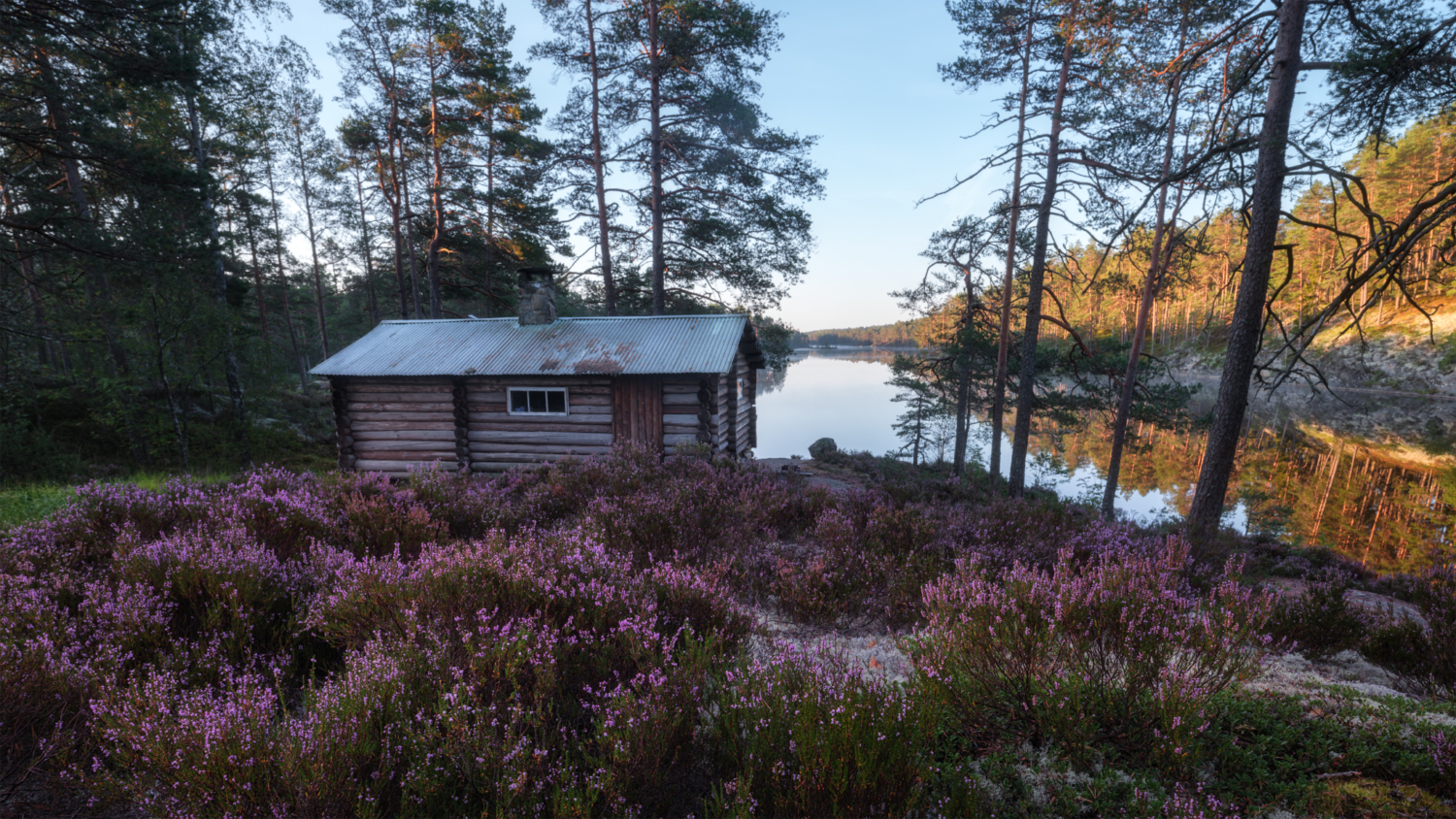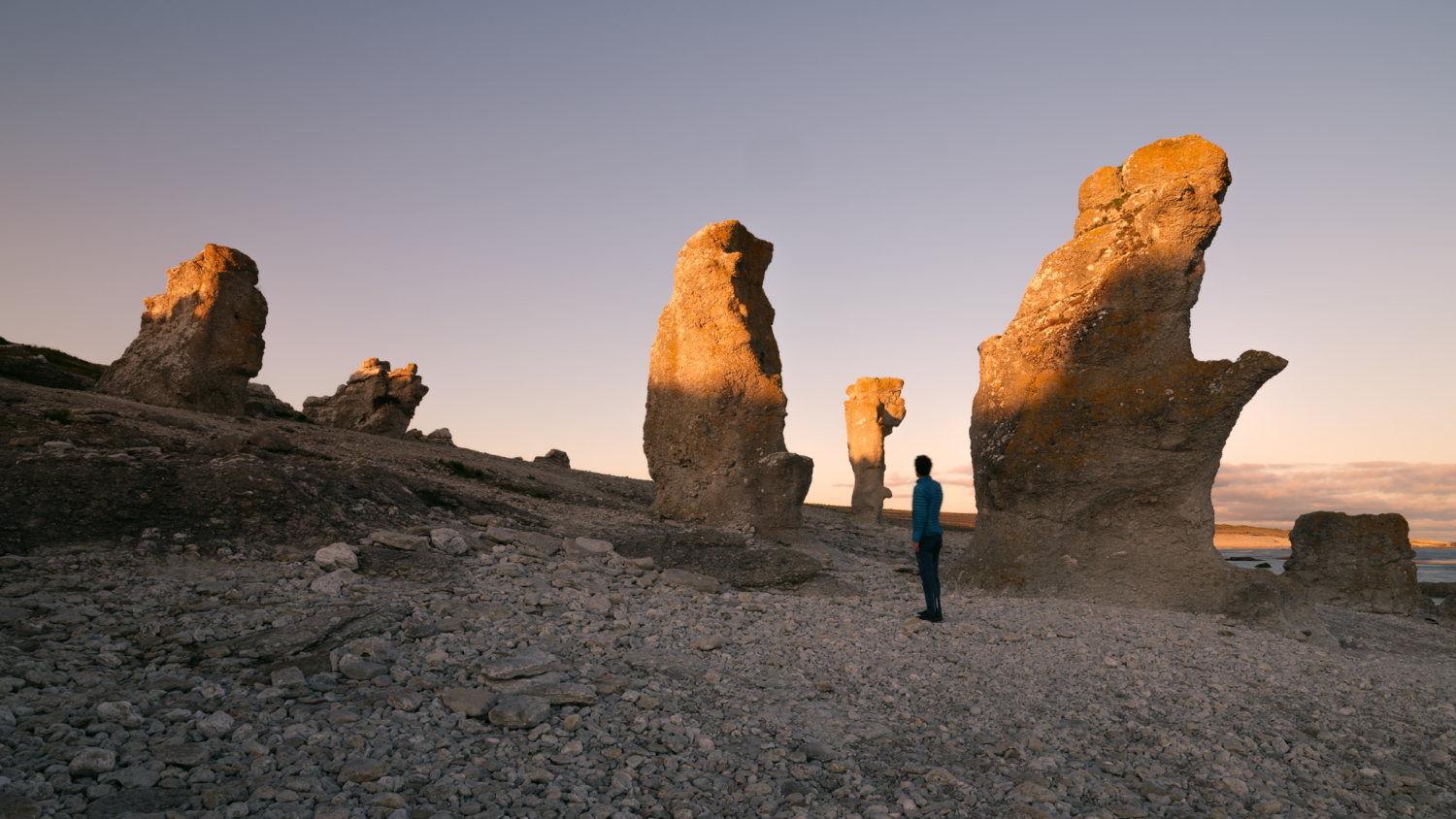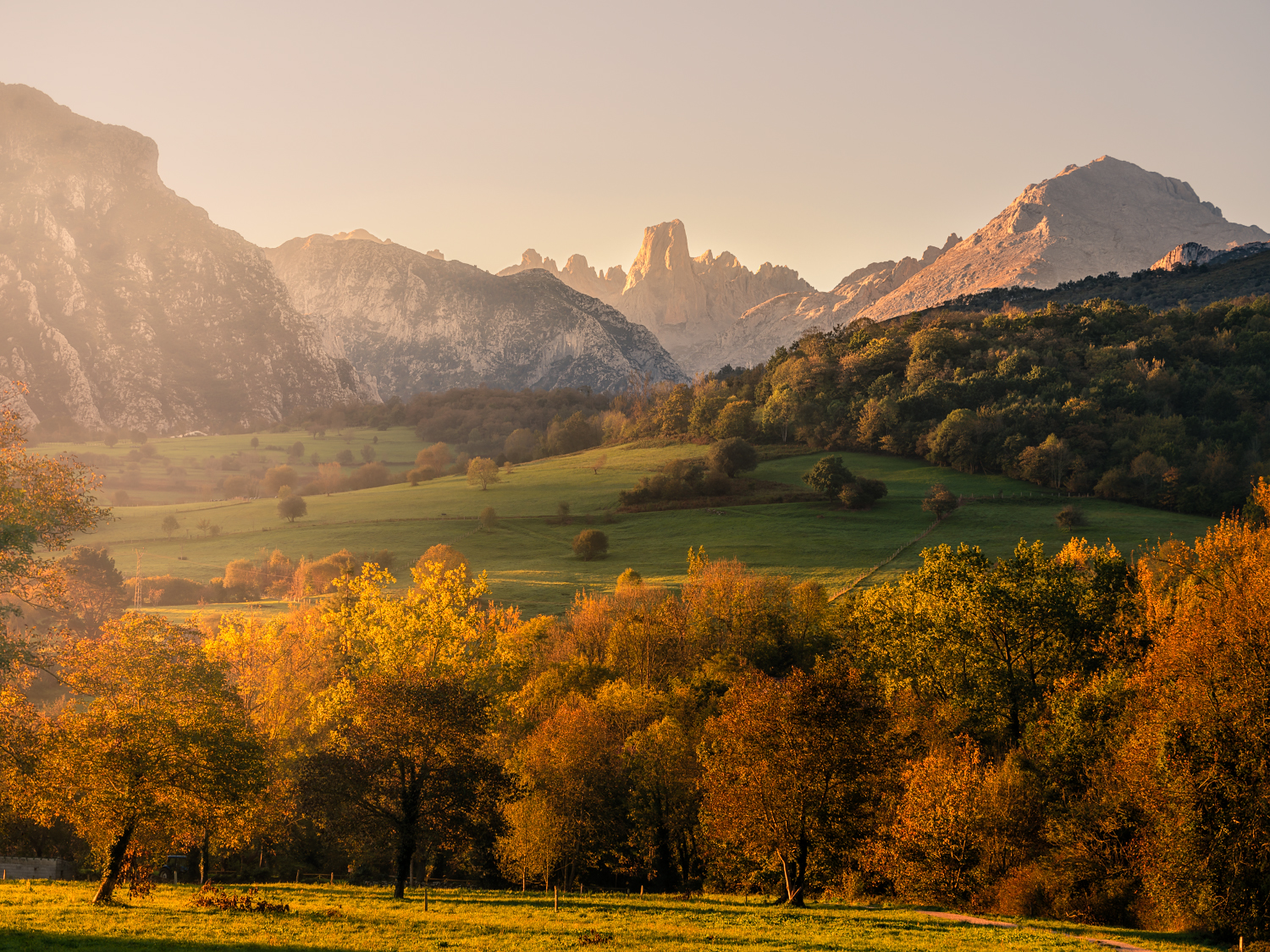Wanderlusting after the perfect light
I am honored to contribute to Fuji Passion, sharing my story of passion for adventure and photography. Additionally, I am thrilled to have my shot from Portugal featured on the cover of the magazine. Enjoy the story and check out my favorite photos.
Big thanks to my friend John, who helped me to write it in English
For more, follow me on my social media channels
My name is Oliver Dietschi, I live with my family in scenic Switzerland, a mountainous country which is ideal for landscape photography. We think of ourselves as a modern family, and my wife and I maintain part time jobs which give us enough time to follow our passions while raising our adventurous children.
Homefield
Sony Alpha 7R III . Sony FE 24mmF1.4 . F/1.4 . 1/2000″ . ISO 100
North Spain
Fuji GFX100S . Fuji GF23mmF4 . F/16 . 120″ . ISO 100
Netherlands
Sony Alpha 7R IV . Sony FE 12-24mmF2.8 . F/16 . 20″ . ISO 100
Six years ago, while still single, I chose to take a sabbatical from my stable but monotonous life in Zurich. I sold everything that wouldn’t fit inside a 10 kg backpack and embarked on a long-term global adventure with no set destination or timeframe. It was at the start of my sabbatical when, while walking on the Camino de Santiago in Portugal and then Spain and disconnecting from the stressors of the rat race and modern life, I embraced my long standing love of nature and developed my love of photography.
Portugal
Fuji GFX100S . Fuji GF100-200mmF5.6 @158.80mm . F/8 . 1/400″ . ISO 100
Portugal
Fuji GFX100S . Fuji GF32-64mmF4 @64mm . F/10 . 1/40″ . ISO 100
Portugal
Fuji GFX100S . Fuji GF32-64mmF4 @64mm . F/10 . 1/40″ . ISO 100
Portugal
Fuji GFX100S . Fuji GF100-200mmF5.6 . F/6.4 . 1/210″ . ISO 100
North Spain
Fuji GFX100S . Fuji GF32-64mmF4 @36.20mm . F/16 . 40″ . ISO 100
The following year and a half saw me visit five continents and more beautiful places than I can mention here. Highlights included an eight-day trek around the frozen Cerro Torre in the wide-open and desolate expanses of Patagonia, a trek through the humid jungles of Sumatra, and the ancient pilgrimage of the Kumano Kodo trail in Japan.
Above all, I strove to walk, as I believe that when one slows down it is possible to see things that one otherwise tends to miss and really get to see and feel our planet in a unique and special way. My wanderlust changed my life in many ways, not the least of which was when I met my future wife during a hike in the Valle Frances in Torres del Paine in Chile.
Argentina
Olympus E-M1 MK II. Olympus M.Zuiko 12-100mmF4 @50 mm F/8 . 1/320″ . ISO 200
Switzerland
Fuji GFX100S . Fuji GF23mm.F4, F/18 . 4″ . ISO 100
Both of my passions in travel and photography were birthed during a trip I made roughly seven years ago to Mt. Kilimanjaro (5895m) in Tanzania. I decided I would need to document such a special undertaking with great pictures, and took a beginner photography course and also bought my first camera, an Olympus PEN E-PL5. After whetting my appetite for documenting my adventures, I quickly upgraded to an Olympus OM-D E-M5, which I used extensively during my year-and-a-half odyssey.
It held up admirably as I carried it for my nearly 1,000km trek across Spain and further tested its endurance in freezing conditions in southern Argentina, humid conditions in Indonesia’s deepest rainforest, and Morocco’s dusty Sahara. The E-M5 was small and light, ideal for backpacking around the world while walking an estimated total of 3,000km.
Norway
Fuji GFX100S . Fuji GF23mmF4 . F/16 . 1/10″ . ISO 100
Norway
Fuji GFX100S . Fuji GF23mmF4 . F/14 . 0.6″ . ISO 200
Despite initially trying my hand at my different types of photography- portraits, macro, nature – I quickly discovered that my passion lay with landscapes. As I became more serious about landscape photography, I realized that the E-M5, my trusty travel companion, was a bit lacking in terms of megapixels and dynamic range. I subsequently spent a number of years with Sony’s full-frame mirrorless models until Fuji’s GFX100S came out and caught my attention.
Fuji Switzerland organized a testing weekend for the GFX100S and kindly invited me to test it and Fuji’s range of lenses. From the start, I loved the handling, ease of use, and ergonomics, with an intuitive layout and customizable buttons, which I configured to my preferred use. With its medium-format 102MP sensor, the image quality is outstanding, and colors are superb. It performs especially well with shots that incorporate a lot of details, such as woodland in which every branch is tangible. Another huge advantage of having such a large sensor is that you are able to crop as much as you want and still have enough megapixels left. The pictures truly come to life, something also possibly attributable to the 16 bit and high dynamic range.
Switzerland
Sony Alpha 7R IV . Sony FE 24-105mmF4 @24mm . F/8 . 1/320″ . ISO 100
Switzerland
Sony Alpha 7R IV, Sony FE 12-24mm F2..8 @12mm F/10 . 1/125″ . ISO 100
Switzerland
Sony Alpha 7R IV, Sony FE 24-105mmF4 @24mm F/8 . 1/125″ . ISO 100
Switzerland
Sony Alpha 7R IV, Sony FE 24-105mmF4 @24mm F/4.5 . 1/400″ . ISO 100
Switzerland
Sony Alpha 7R IV, Sony FE 24-105mmF4 @24mm F/10 . 1/640″ . ISO 100
Now, as with the GFX100S as my go-to camera of choice, I try to keep my kit small and utilize a 23mm prime, 32-64mm zoom, and 100-200mm zoom, the combination of which has simplified my workflow. Such a kit also allows me to focus more on composition than thinking about what lens and set-up to use. Sometimes I wonder if the 23mm is not wide enough for my needs, and on the other end of the scale, I don’t consider 200mm to be very long, but a lens with a longer focal length would weigh too much.
Of course, the GFX100S is also slightly bigger than the full-frame models I previously used, but for me, it’s a great compromise. My Fuji kit with 3 lenses, Filters and a Gitzo tripod, along with a torch to light my way during my pre-dawn walks, allows me to undertake any mountain hike with all the essentials. One qualm I suppose I have is that I sometimes struggle to shoot directly towards the sun, and I must admit that Sony’s A7, with its GM lenses, had nicer solar flares.
I believe that composition is one of the key factors of photography, and admittedly, I still need to train my eyes to effectively capture all that I hope to and develop my vision. As with anything that one is passionate about, for me, photography is something that I am constantly and continuously learning about and trying to improve.
As can be seen on my Instagram profile oliverdietschi, I lean toward wide-angle shots in which the foreground, midground, and background are all prominent, with clean corners in the shot, and an overall look that is not too cluttered or messy. These criteria, combined with a perfect warm light around sunrise or sunset, which is next in importance to me after the composition, encapsulate the shot I strive for.
Switzerland
Fuji GFX100S Fuji GF32-64mmF4 @41 mm F/18 . 1/25″ . ISO 100
Switzerland
Fuji GFX100S. Fuji GF32-64mmF4 @61.80mm F/14 . 1/25″ . ISO 100
Switzerland
Fuji GFX100S Fuji GF100-200mmF5.6 @103mm F/12 . 1/20″ . ISO 100
Switzerland
Olympus E-M1 MK II. Olympus M.Zuiko 12-100mmF4 @34mm F/8 . 1/640″ . ISO 200
Before embarking on any trip, I investigate the place online to see what pictures pop up for inspiration. Afterwards, I pin the spot on my mobile app and plan the right time in advance with Photopils to capture the light I want. While I try to plan for the light and predict the conditions as much as possible, I will still head out in almost any conditions, as I’m aware that I’ll only be in one spot for a day or two at most and then likely not return again in my life. In the end, it often doesn’t matter if I shoot a photo or not, as it’s just worthwhile to be out in nature and to feel nature in every way.
Once I reach an ideal spot, I go through a routine before even taking the camera out of my bag. I use an app on my phone called Photopills to help me plan for the up‐ coming sunrise or sunset in live AR. Then I visualize my eventual composition using my phone’s camera.
Schweiz
Sony Alpha 7R IV. Sony FE 16-35mmF2.8 @17mm F/18 . 8.0″ . ISO 100
Schweiz
Sony Alpha 7R IV. Sony FE 16-35mmF2.8 @16mm F/18 . 30.0″ . ISO 100
Schweiz
Sony Alpha 7R IV. Sony FE 16-35mmF2.8 @16mm F/18 . 1/15″ . ISO 100
Planning my shot in this way saves me precious time, as I don’t have to unpack the larger equipment and then move it. I’m happier with one good prepared shot than I am with 100 normal shots. When I have the composi‐ tion I want, I use the depth of field preview in-camera to choose the right aperture, as I mainly shoot in aper‐ ture mode. The feature I like the most about the Fuji is the natural life view, which is so practical for land‐ scapes, and as far as I know, no other camera brand has. This allows you to basically see what the sensor sees and disables the in-camera jpeg processing, which is unnecessary as I use raw files for all of my postprocessing.
While some photographers may dread the tedium and intricacies of postprocessing, I look forward to the first look at what I’ve captured – I’m always smiling when I return home from a trek or trip. For as long as I can remember, I’ve been an Apple user, and despite some of my RAW files being huge at 200MB, my new MacBook Pro with the M1 processor is able to handle these files without issue. I use Lightroom to catalog the photos. As raw files, in general, look a bit flat, I edit them carefully while relying on my memory of the moment that I took the shot. I start by making basic adjustments, starting first in the calibration panel with the blue saturation which makes every color pop, before later reducing the blue saturation in the HSL.
Switzerland
Fuji GFX100S Fuji GF100-200mmF5.6 @130.60mm F/5.6 . 1/850″ . ISO 100
I also use a lot of color grading to warm the highlights and cool the shadows down with some blue. My aim is to separate colors from one another, to have them contrast in order to enhance the picture. If necessary, I move on to Photoshop to clean up the image and sometimes use some luminosity masking to enhance the picture even more. Finally, I use the Web Sharp Pro plugin from Greg Benz to sharpen the picture. This plugin is a huge help, as it lets me focus on the creative aspects of editing while it does the rest for me.
While I have valued the amazing experiences, I’ve been fortunate enough to have while traveling. I’ve also come to learn the value of slowing down and taking a moment to appreciate what is around us, places that we may not consider or may have forgotten. The Pandemic forced everyone to learn about our own countries better, and I took this as an opportunity to get to know my own backyard better than I ever had before.
At home in the Swiss mountains, I have identified cer‐ tain spots that I enjoy visiting time and again, places that invariably change and continue to surprise me de‐ pending on the time of year, weather, wind, clouds, and light. As these things are harder to control while traveling, it often comes down to luck whether or not all of these elements happen to be working in agreement with one another in order to get a perfect shot.
Switzerland
Sony Alpha 7R IV. Sony FE 16-35mmF2.8 @16mm F/18 . 1/15″ . ISO 100
Sweden
Fuji GFX100S. Fuji GF23mmF4 F/11 . 0.6″ . ISO 100
Sweden
Fuji GFX100S. Fuji GF23mmF4 F/16 . 1/6″ . ISO 100
Sweden
Fuji GFX100S. Fuji GF23mmF4 F/16 . 3.0″ . ISO 100
I’ve always been captivated by the hauntingly beautiful atmosphere and changing colors and tones of the light that sunrises and sunsets can gift us with. In particular in the early morning, while the world around me is still sleeping, I find comfort in the solitude and serenity of a pre-dawn rise, to have a private performance of birds beginning to chirp as the first warm ray of sunlight creates mist and illuminates both the landscape around me and my ruminative face. Nowadays, I count myself very lucky that I can indulge my greatest passions in life – traveling with my supportive family and sharing new experiences together. While photographically docu‐ menting everything, of course.
Spain
Fuji GFX100S. Fuji GF100-200mmF5.6 @100mm F/16 . 5.0″ . ISO 100

